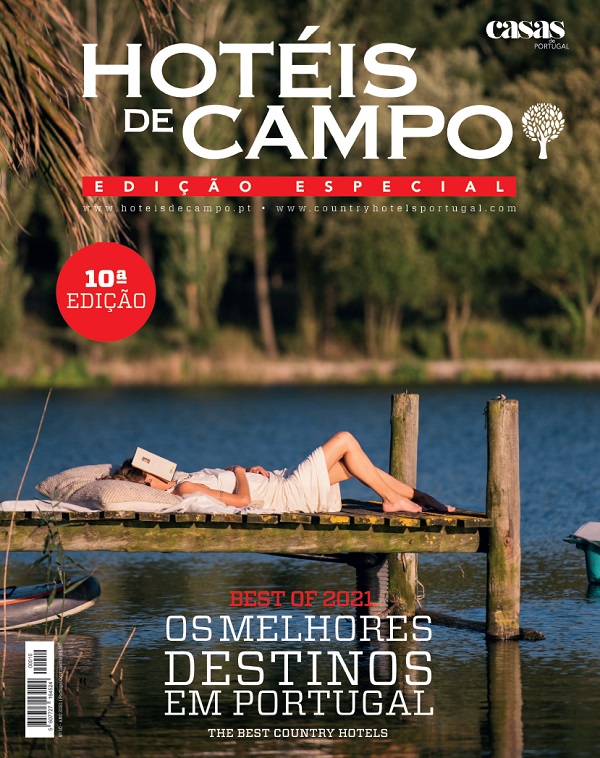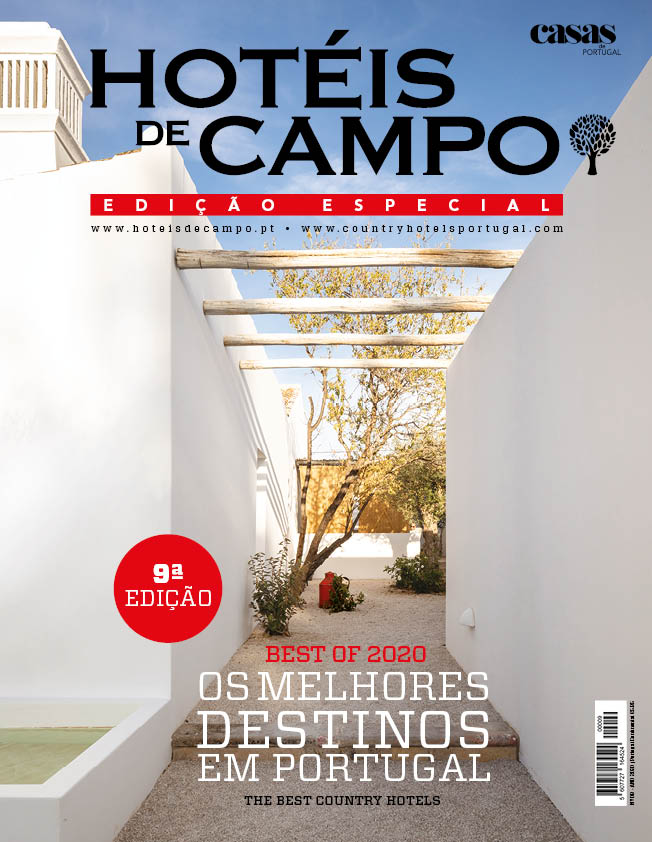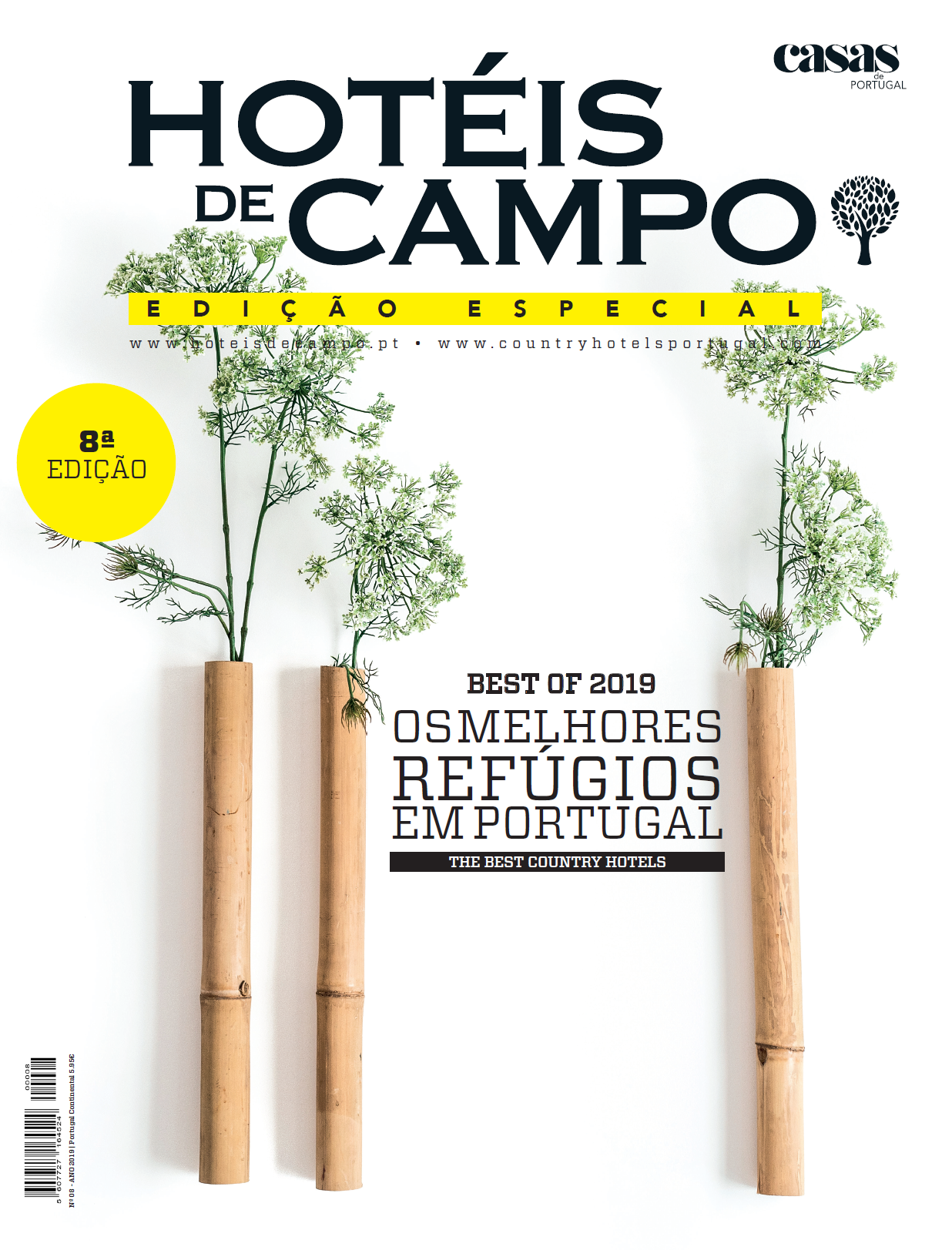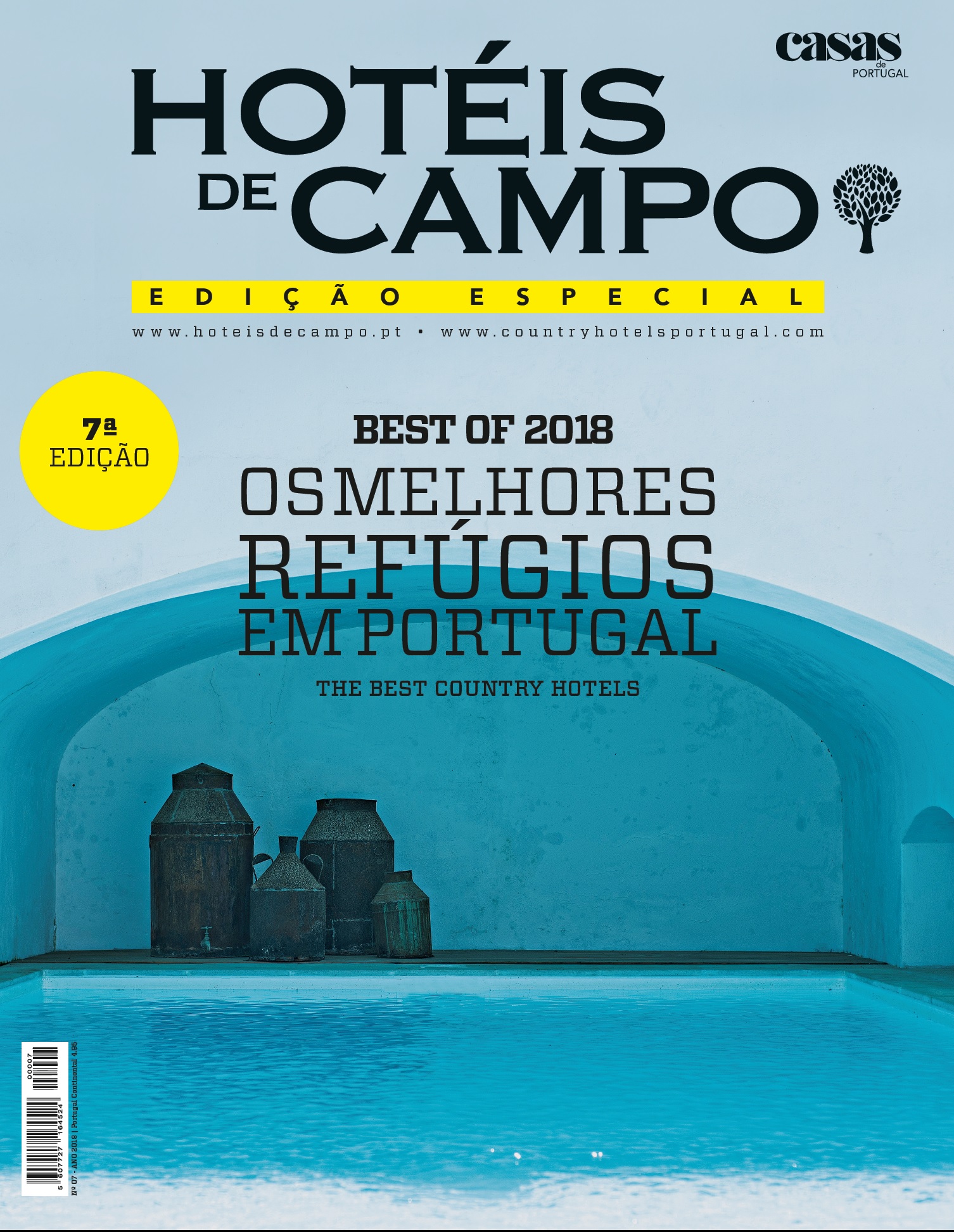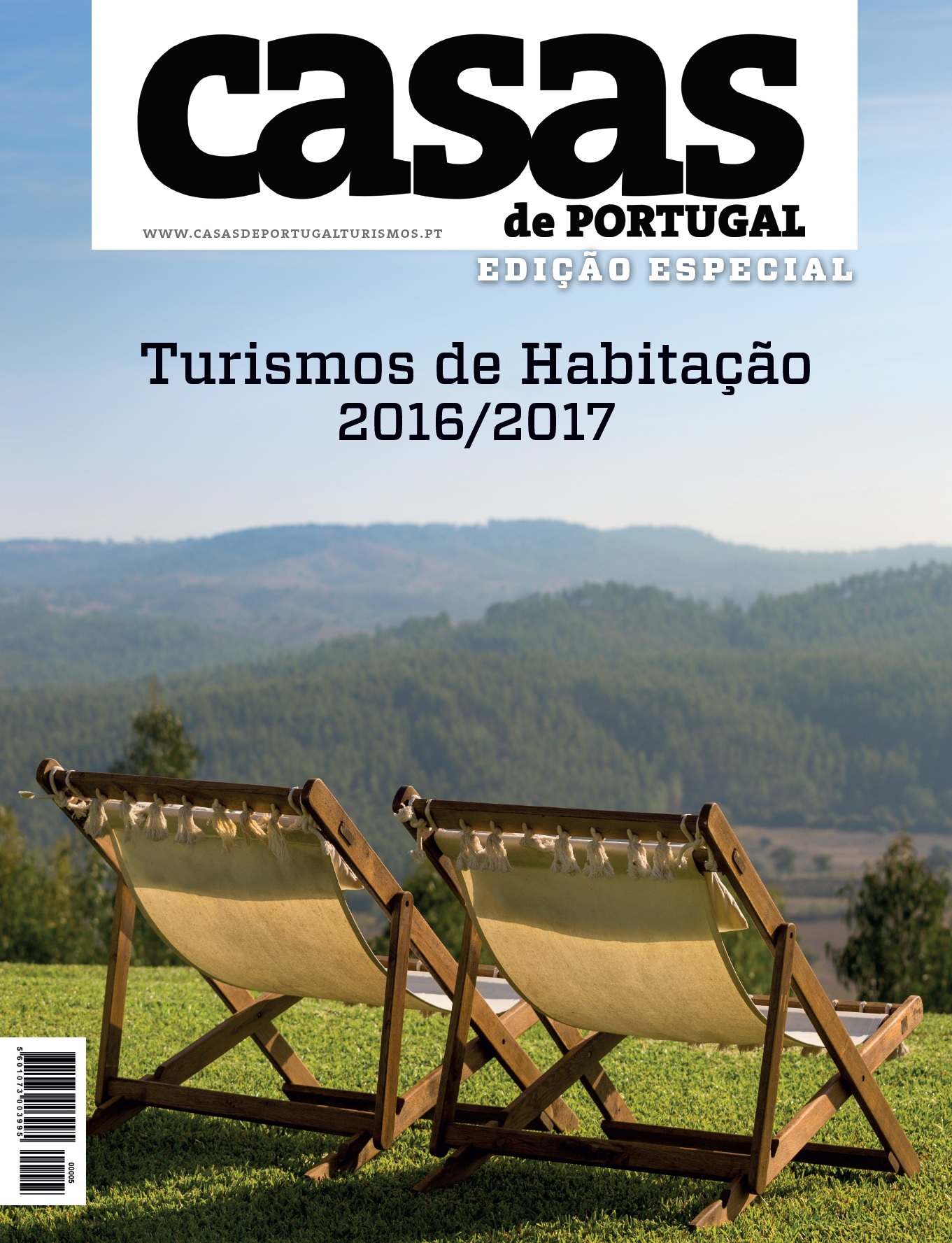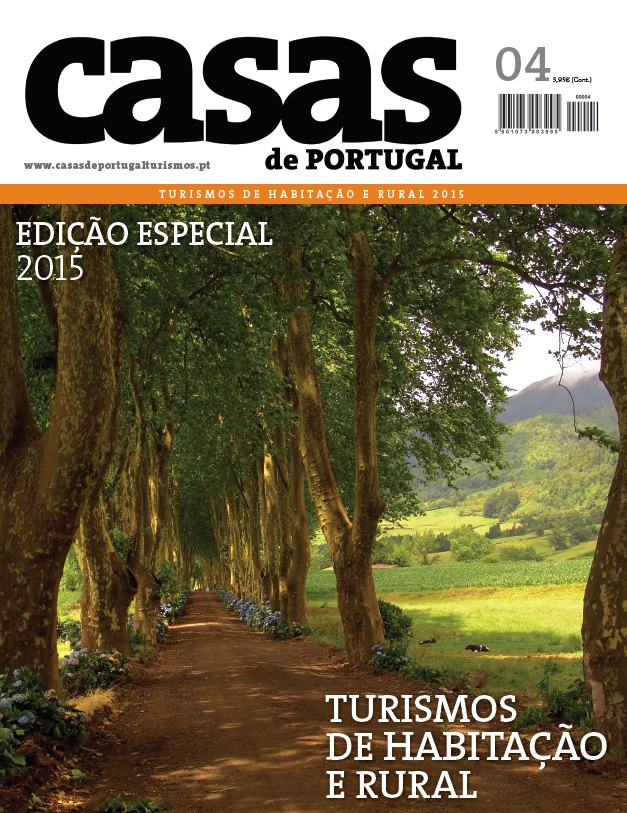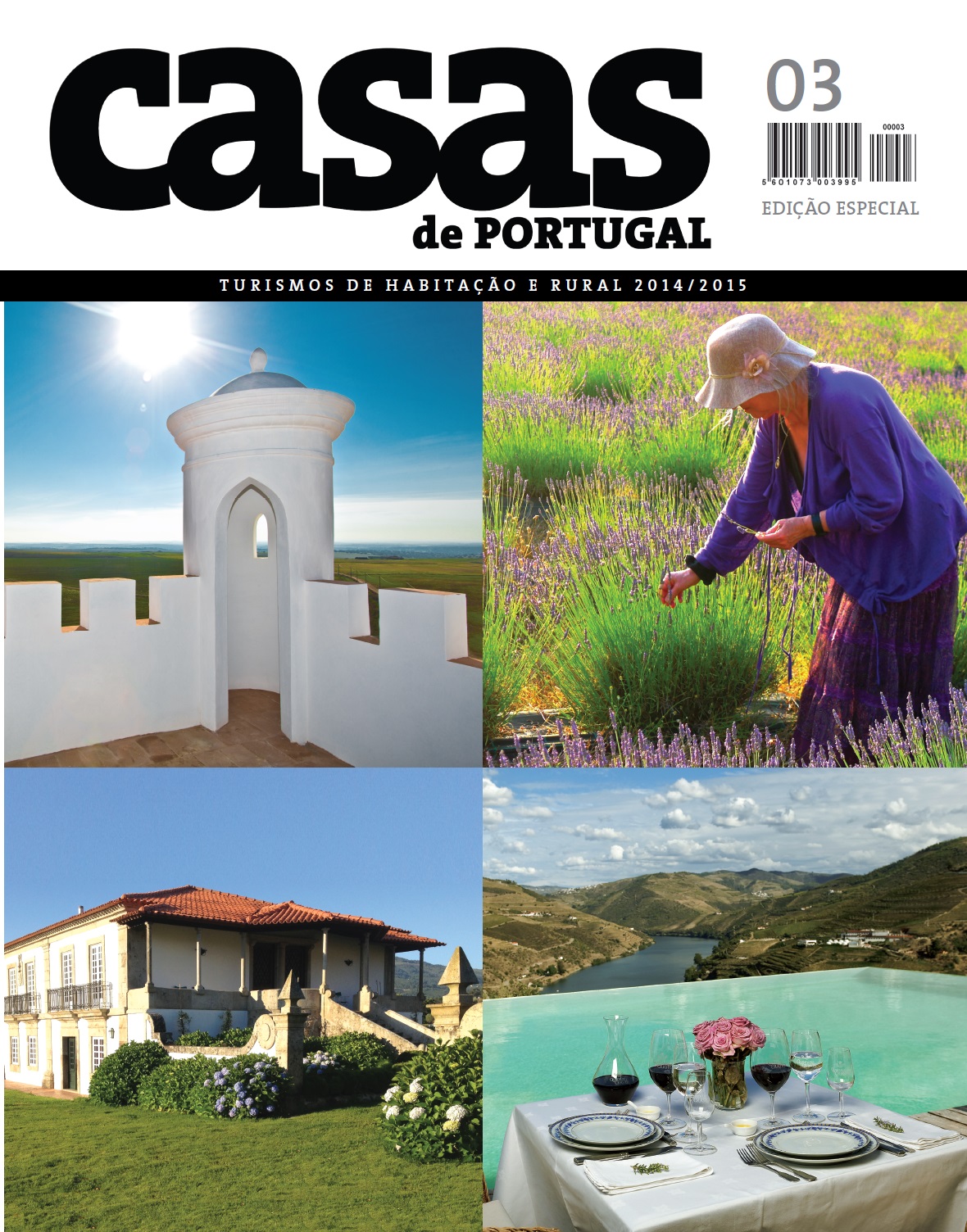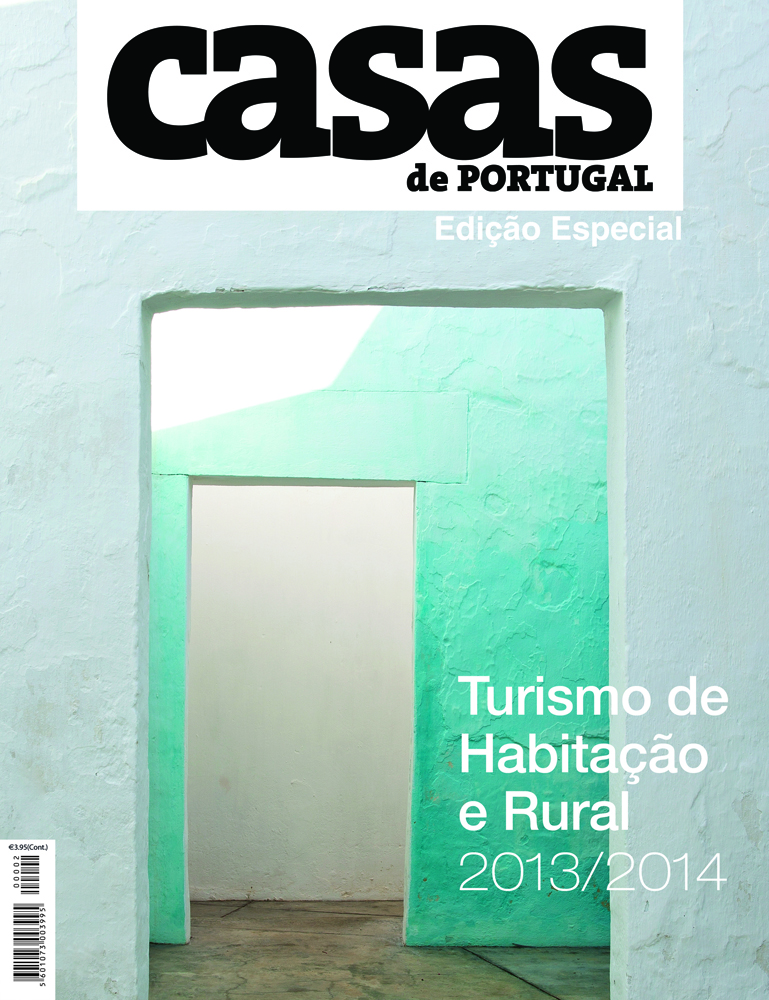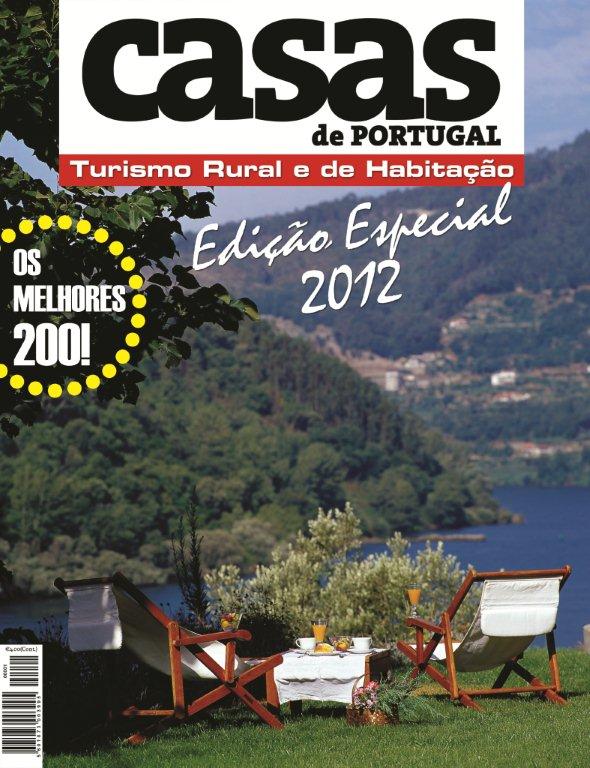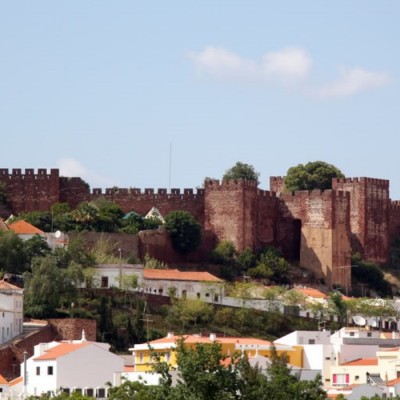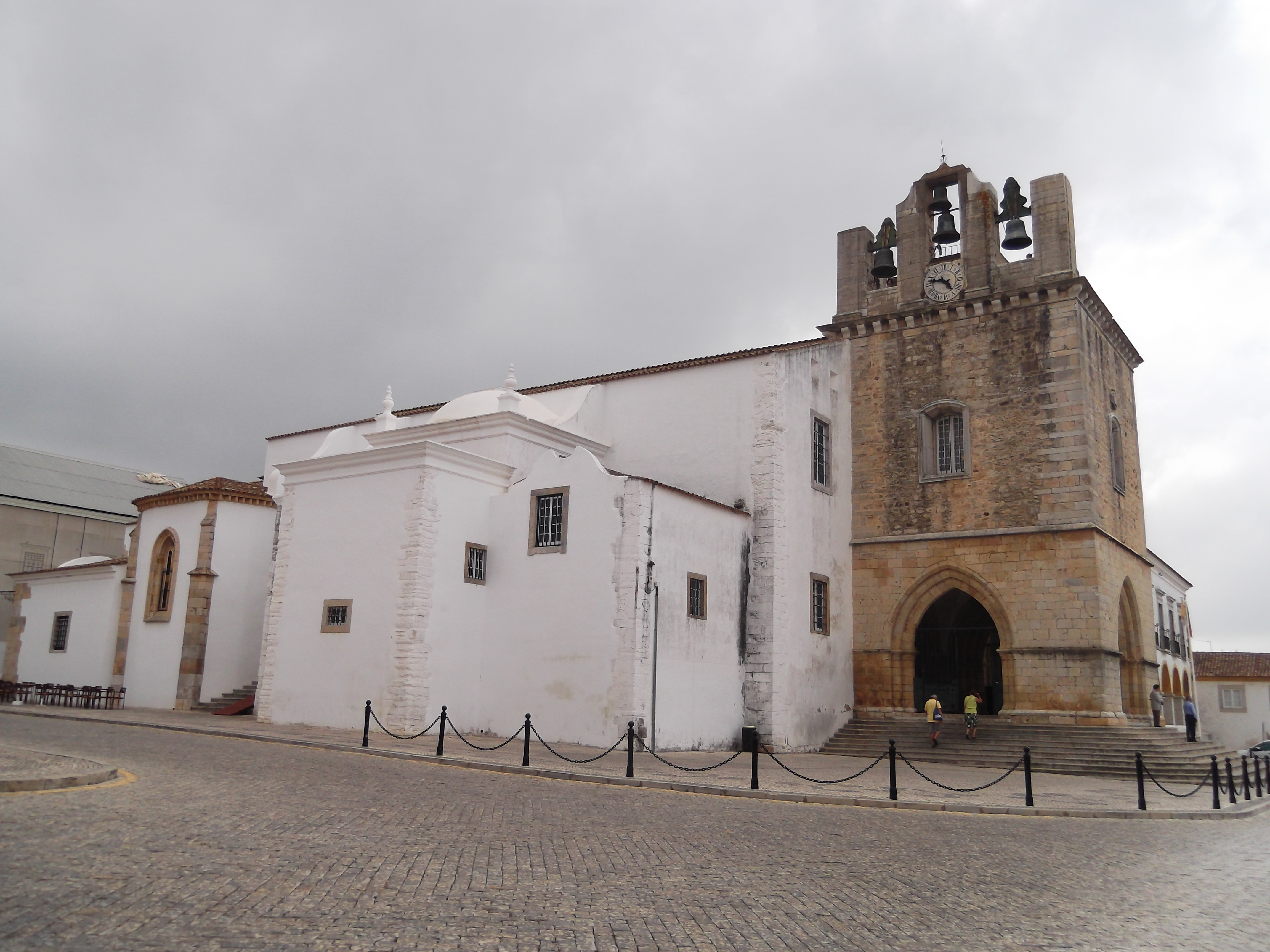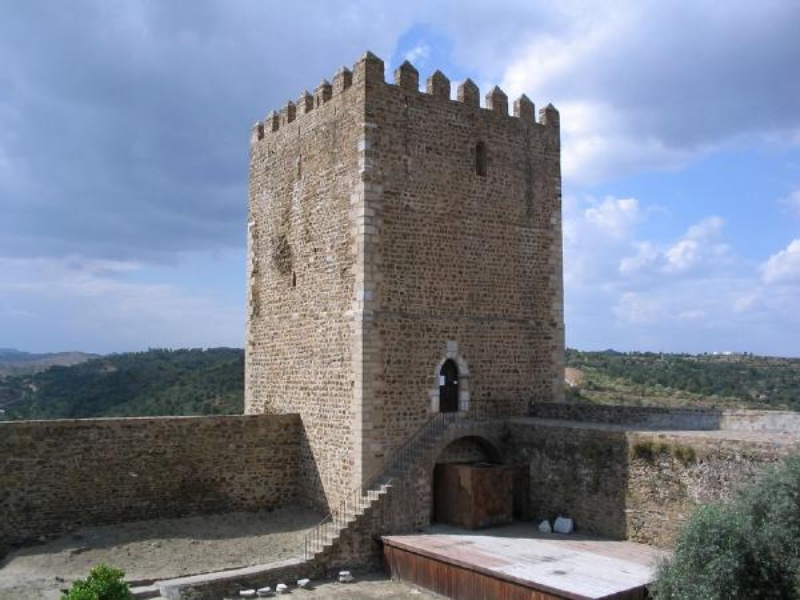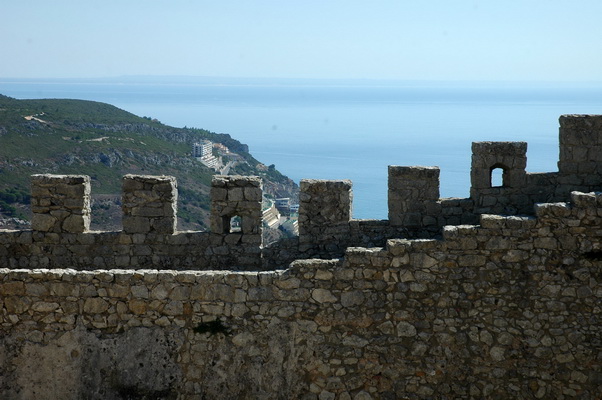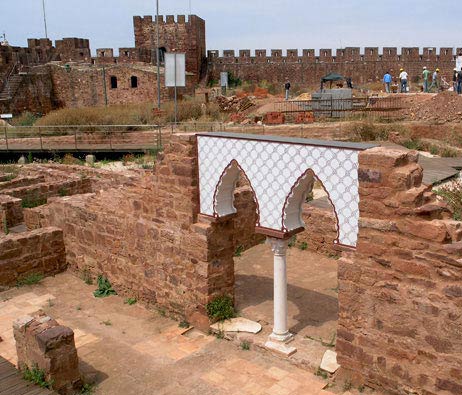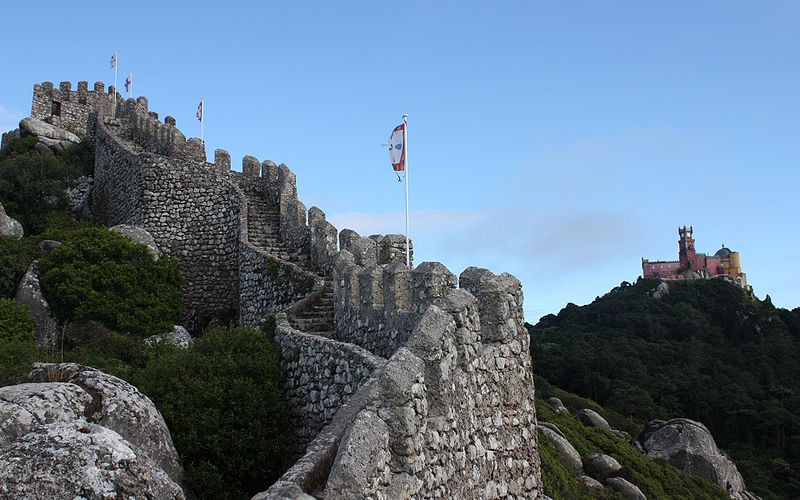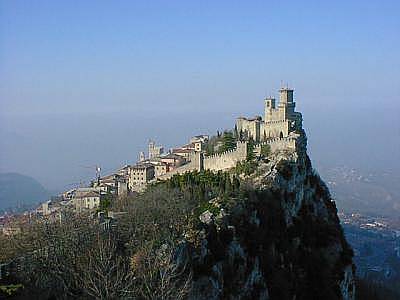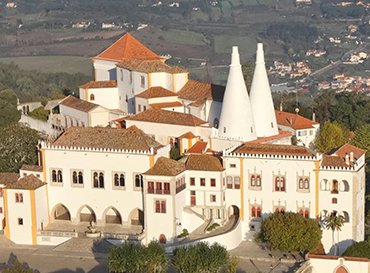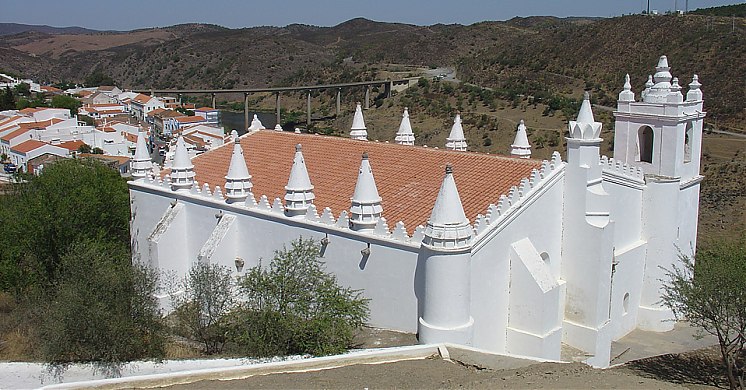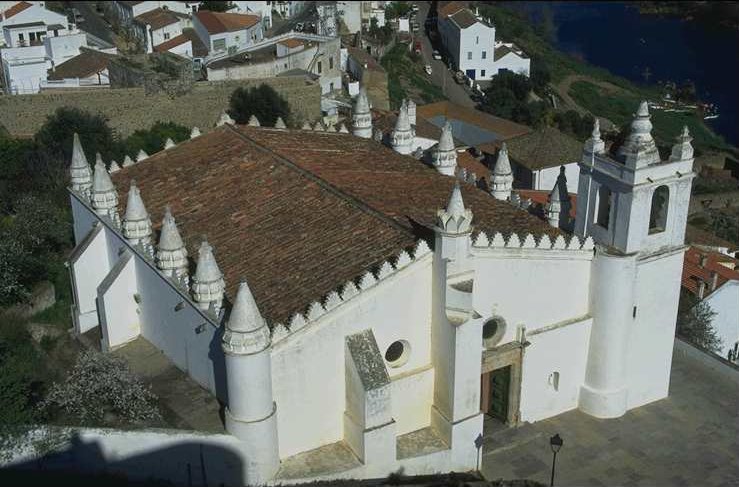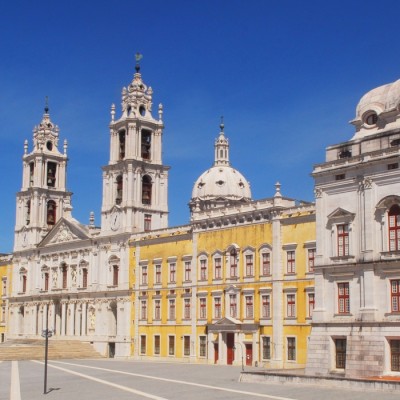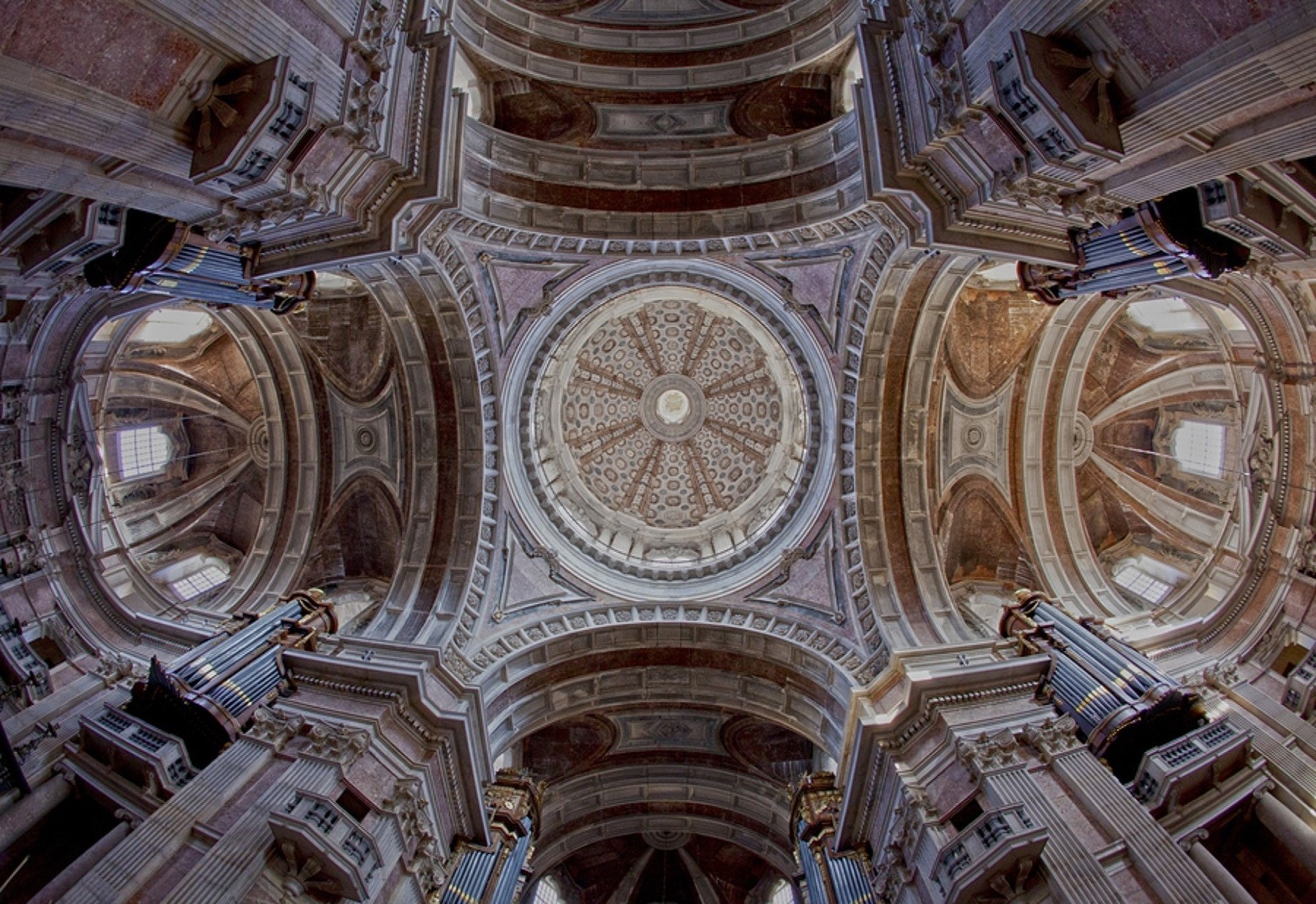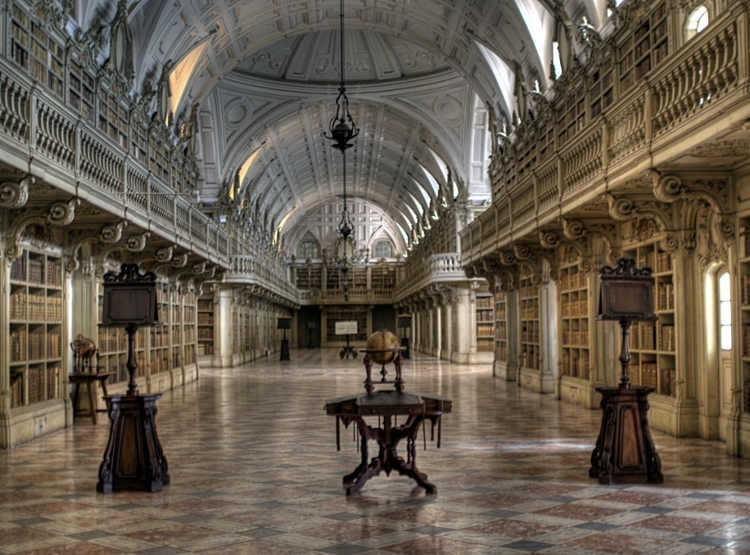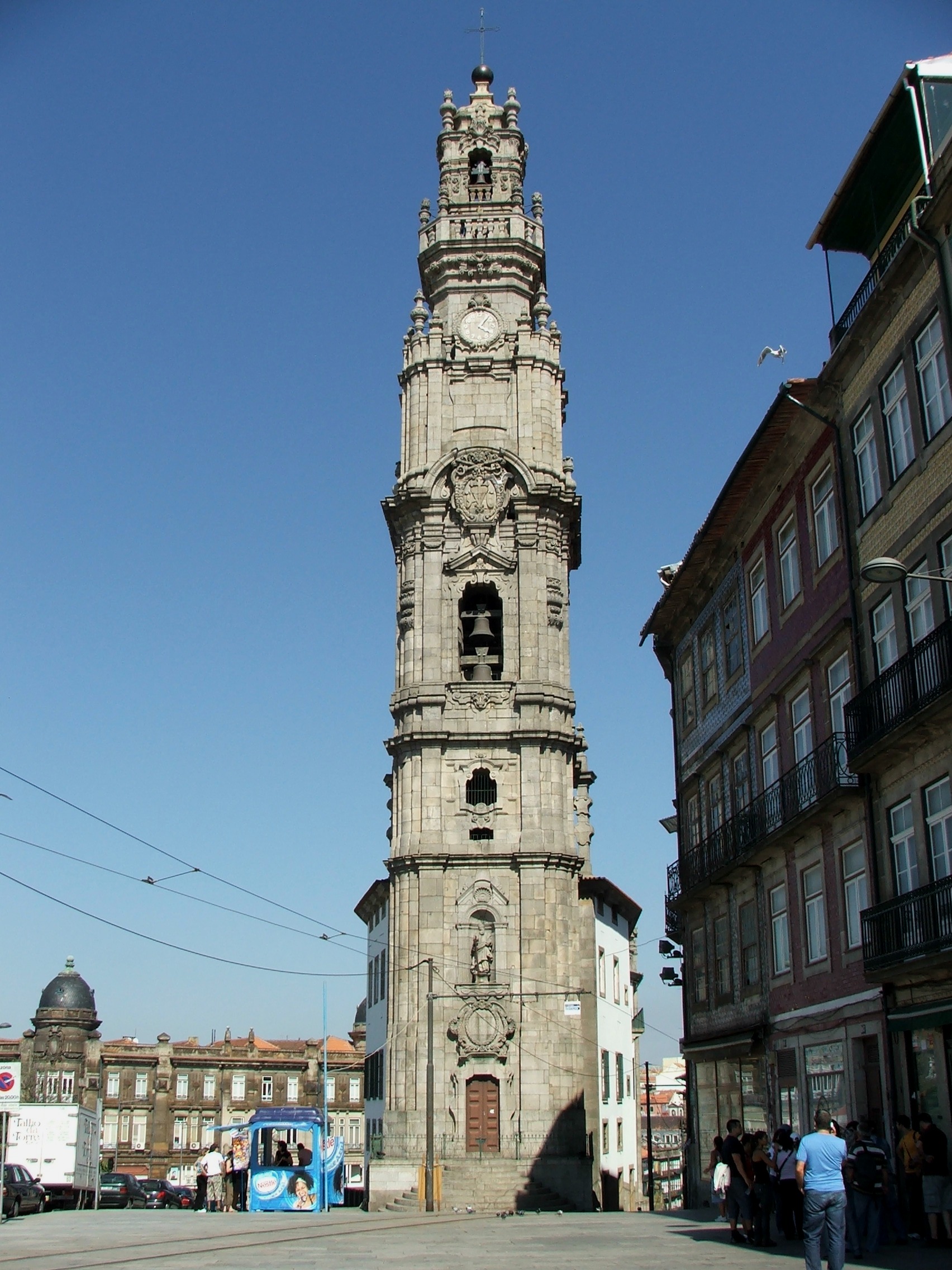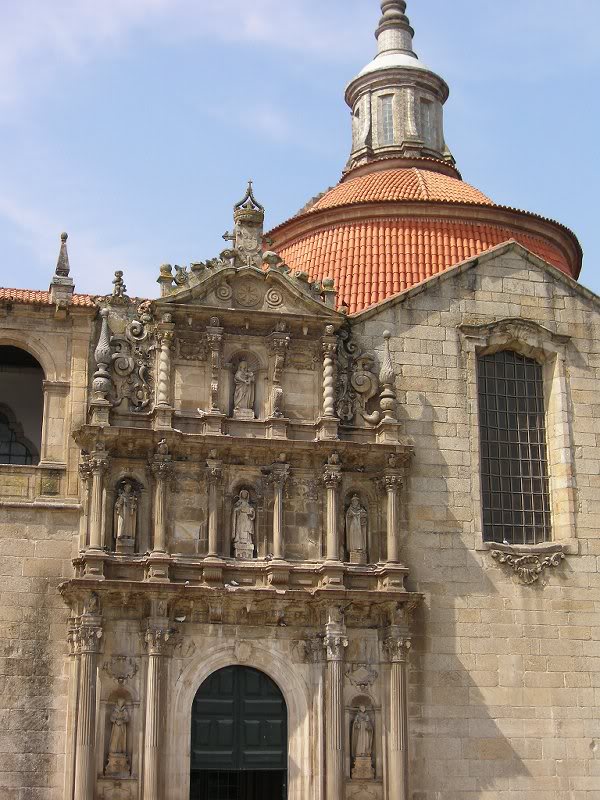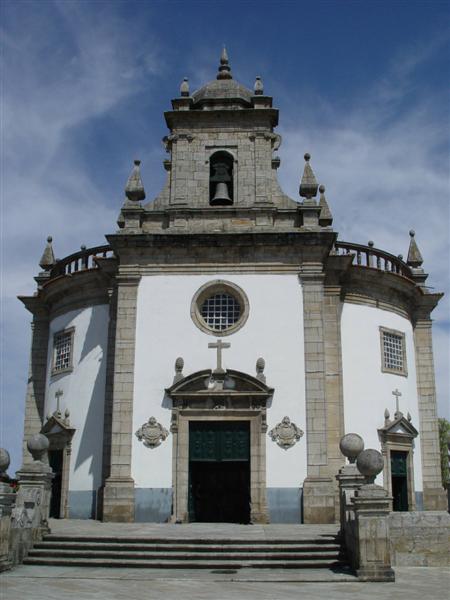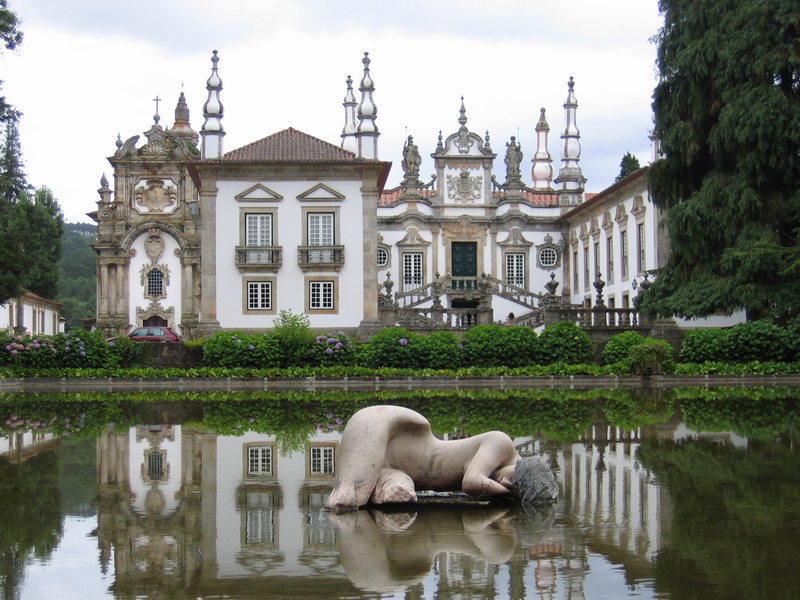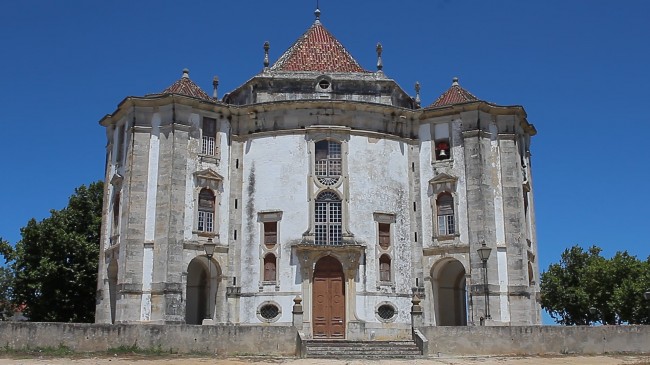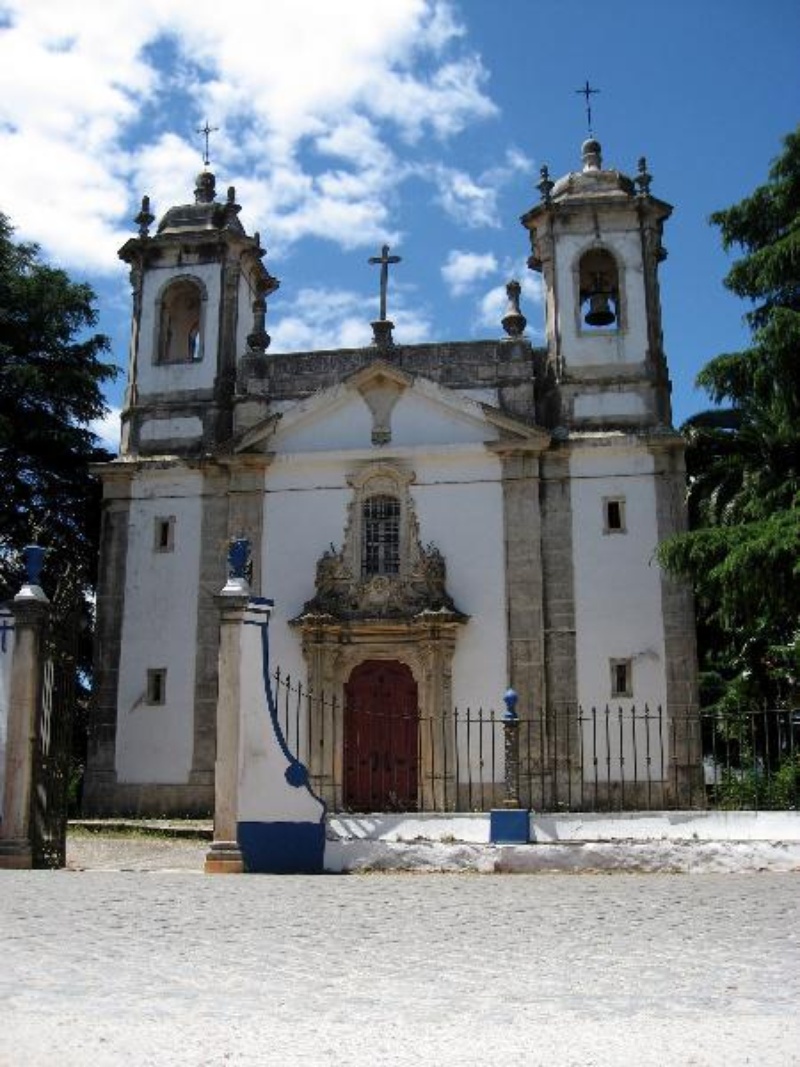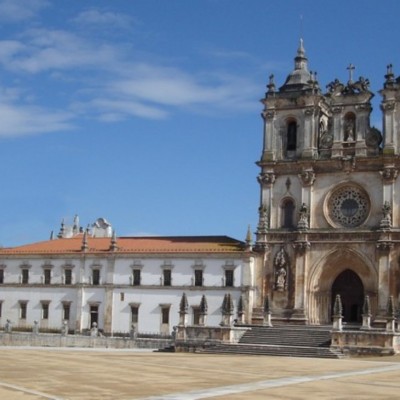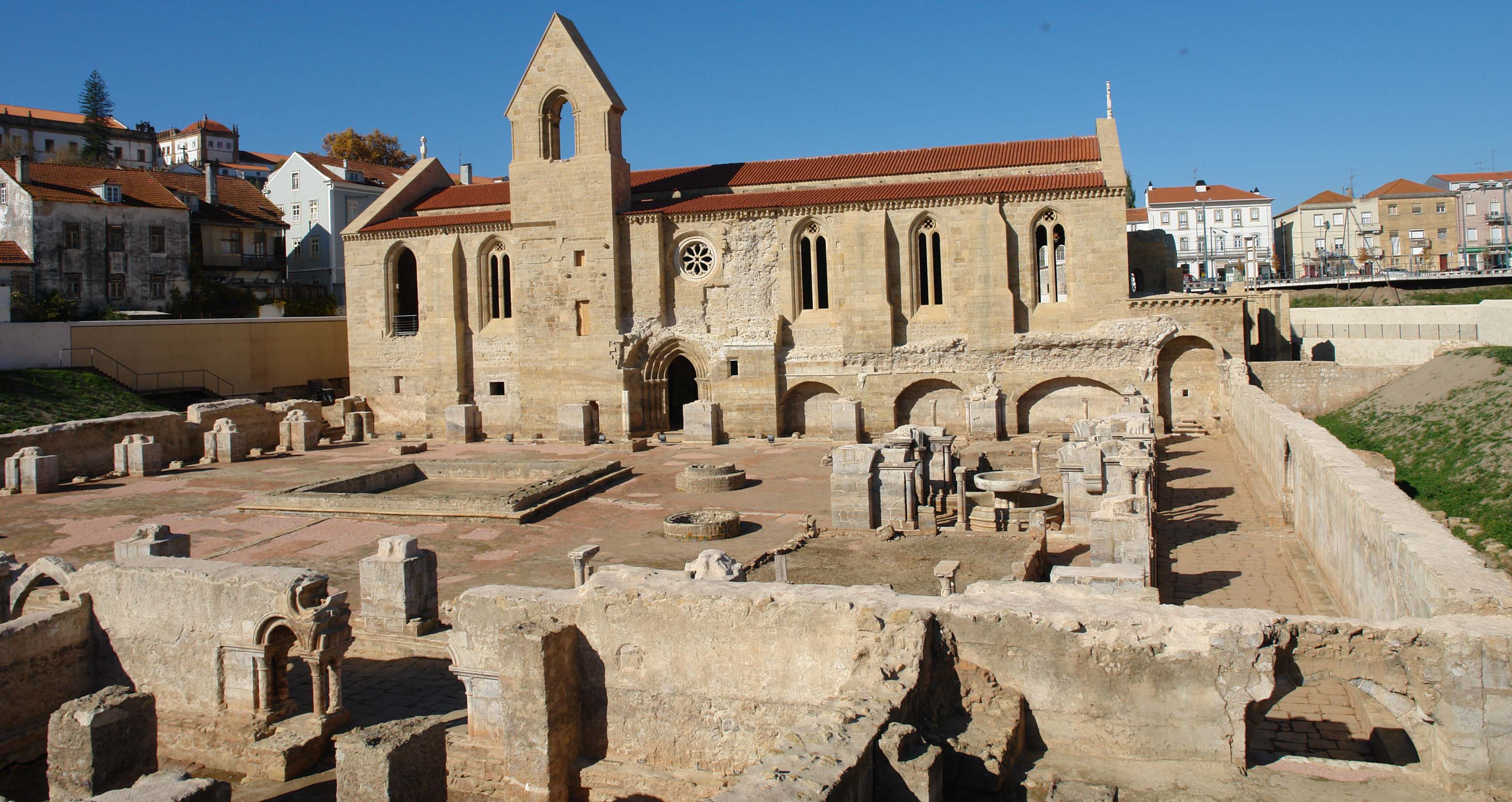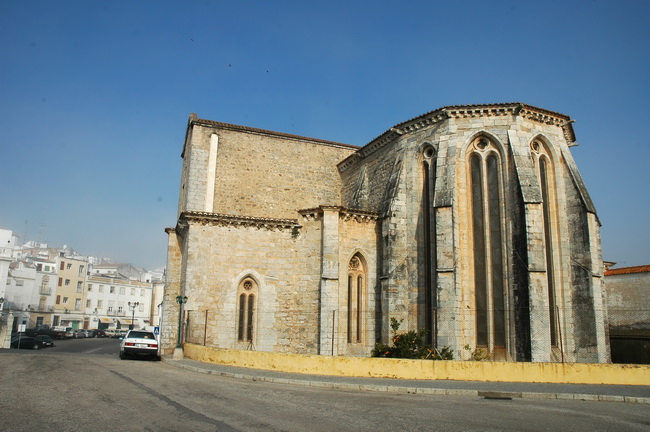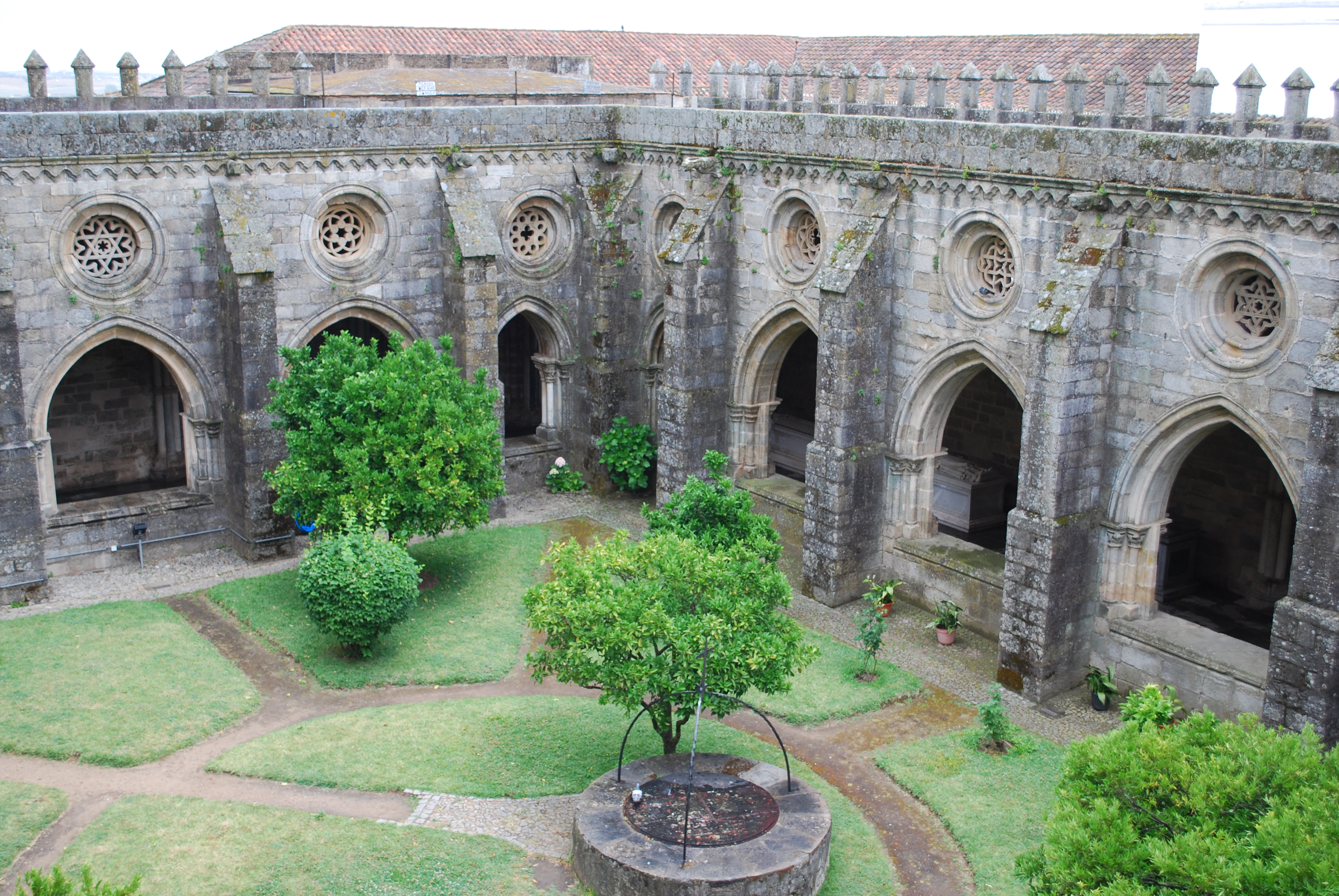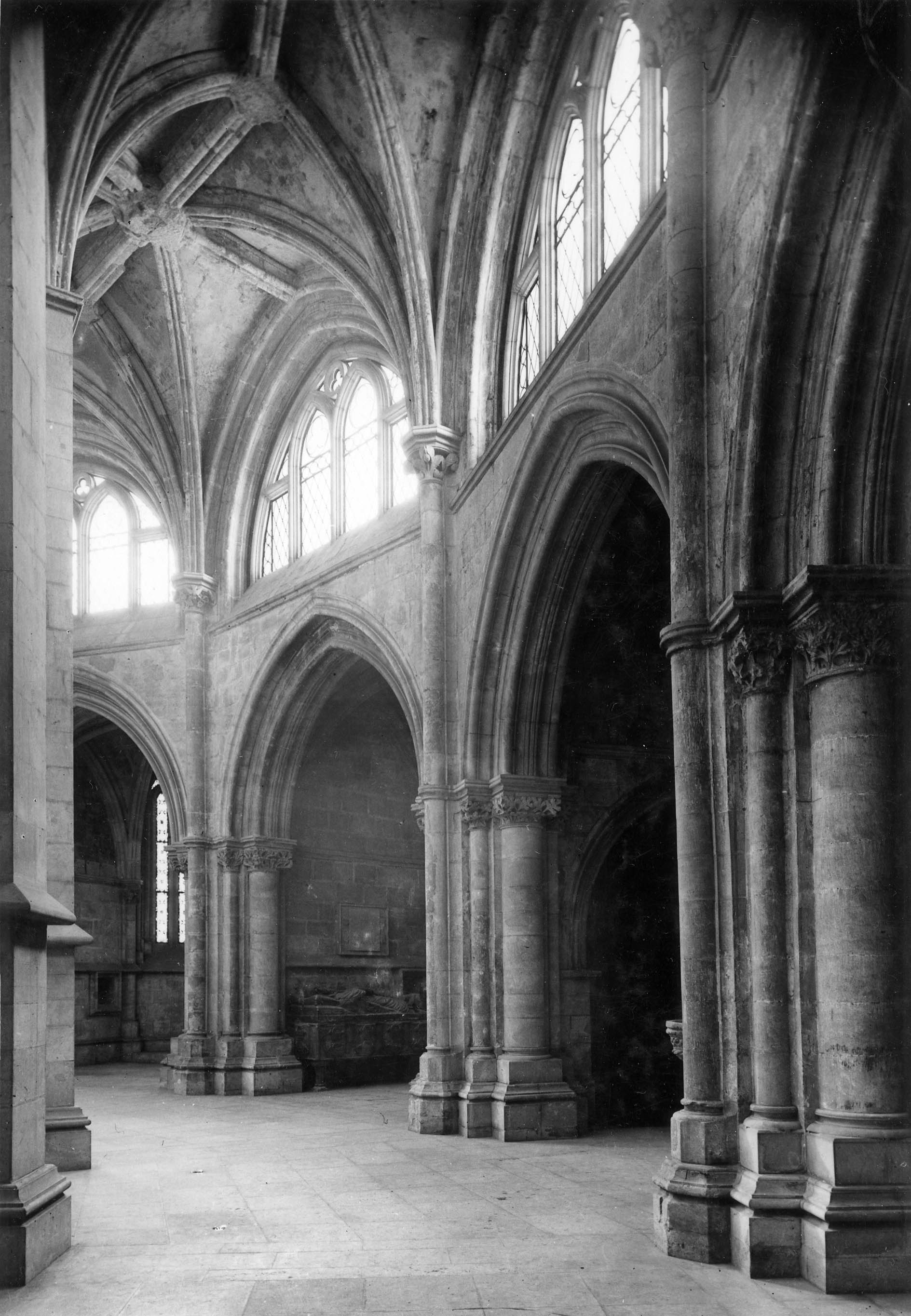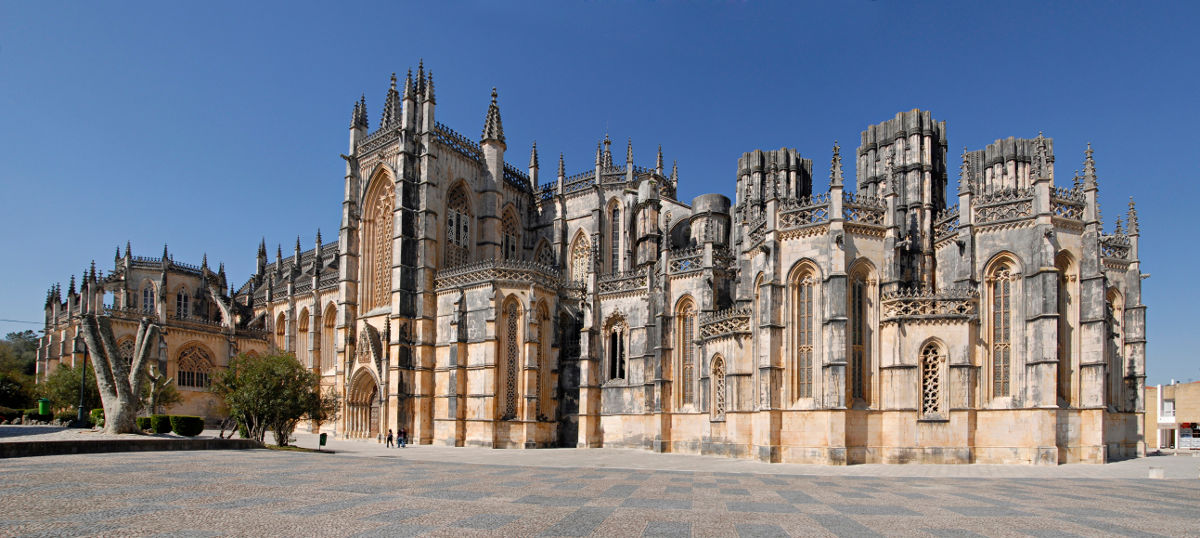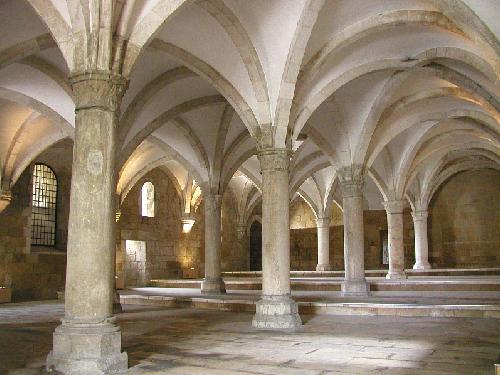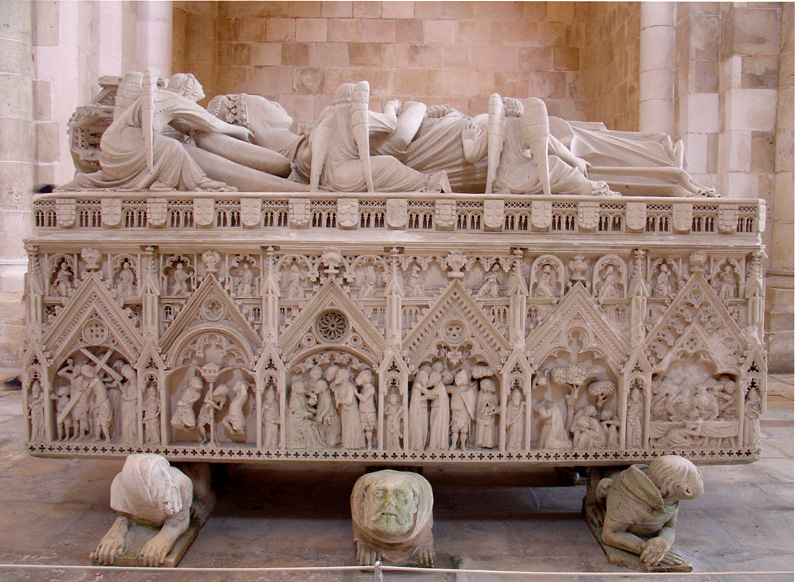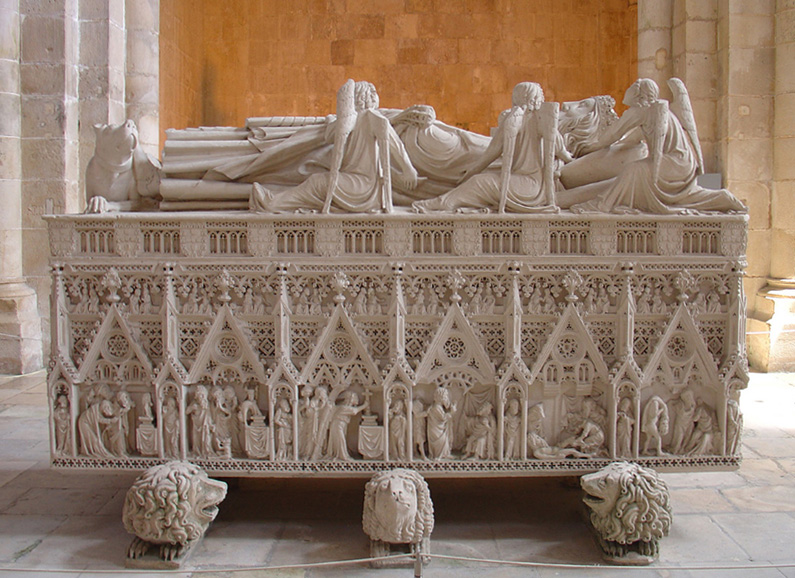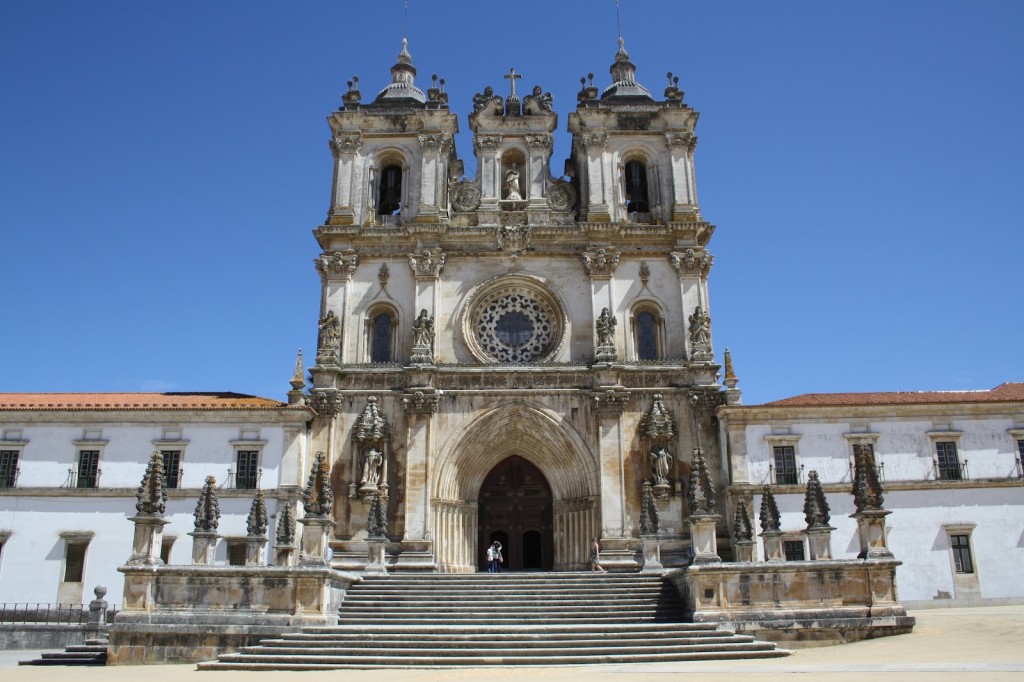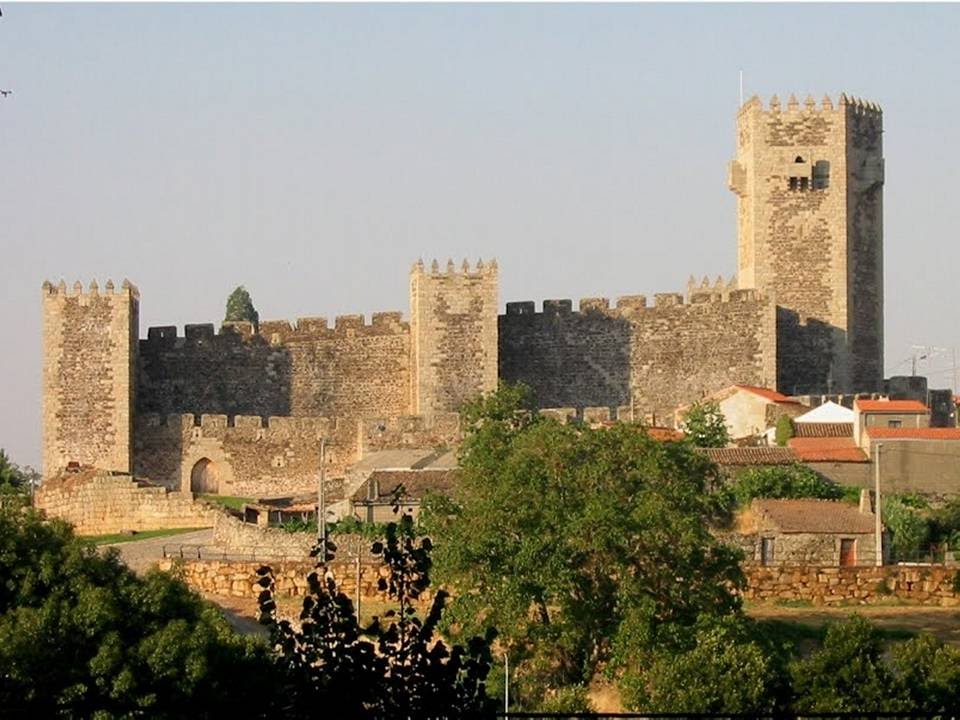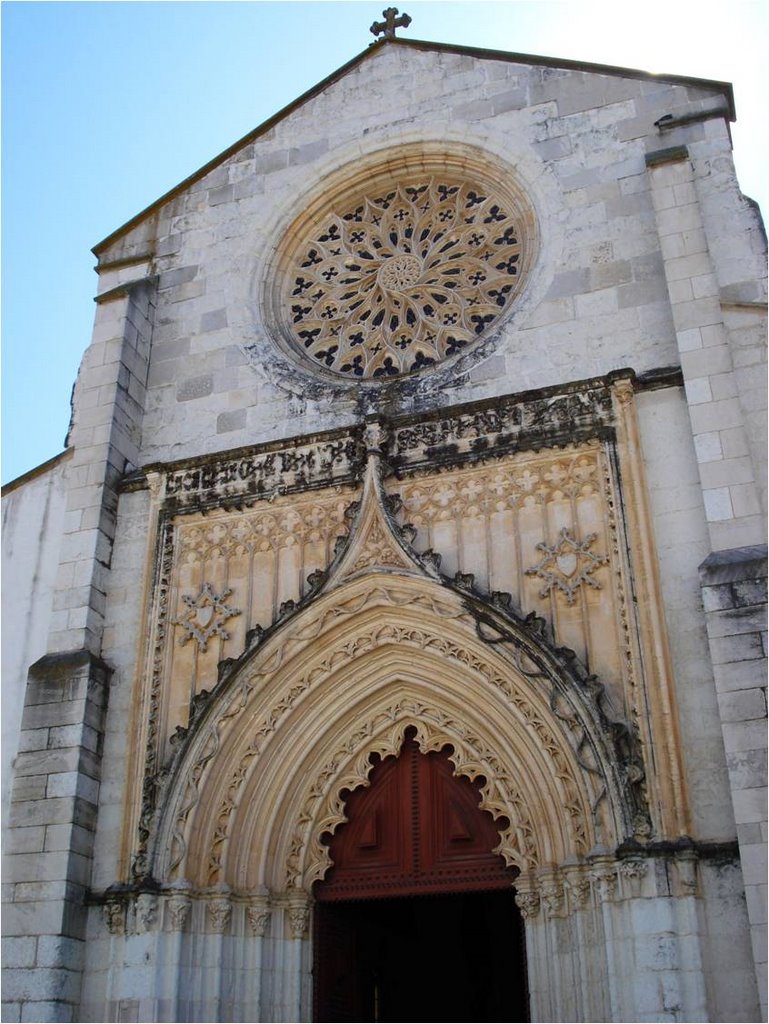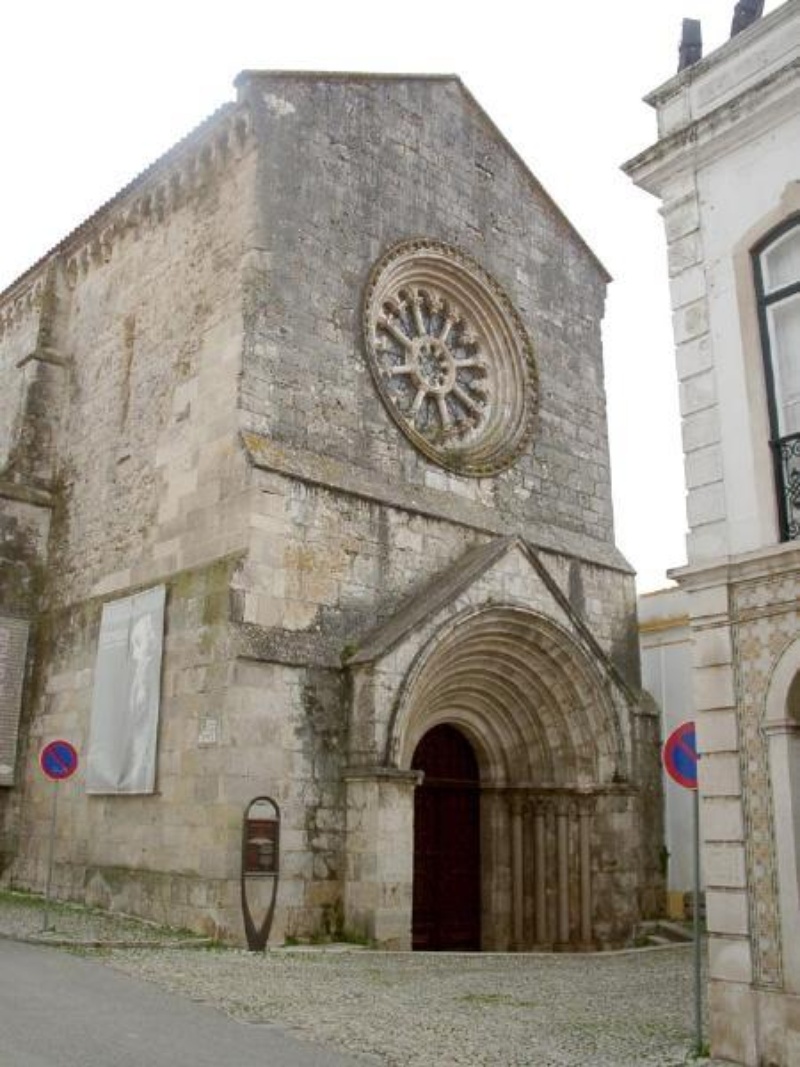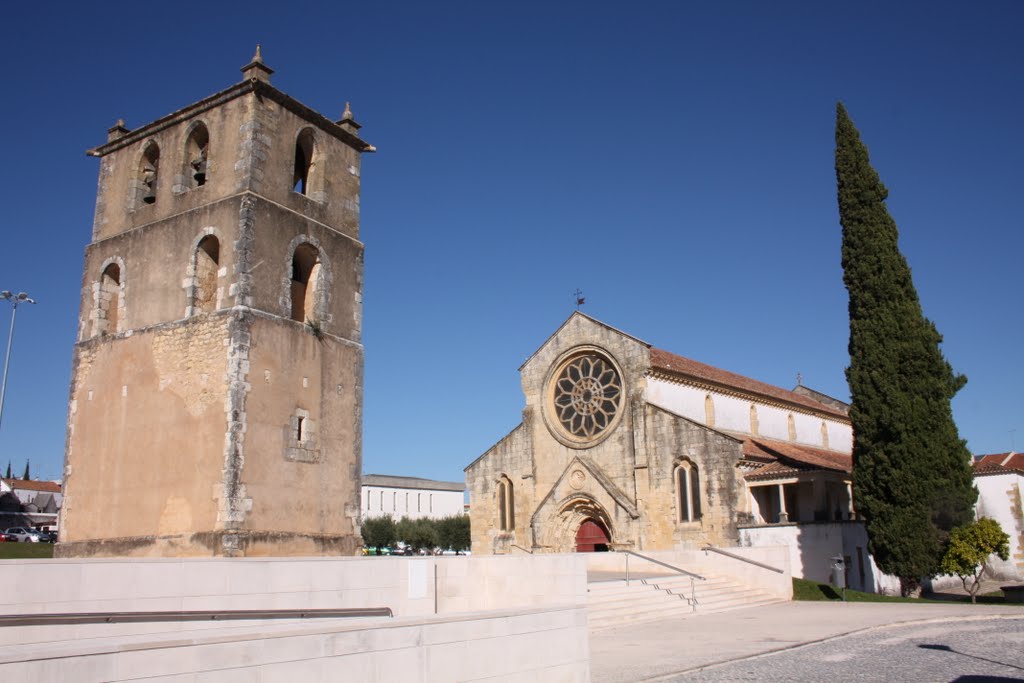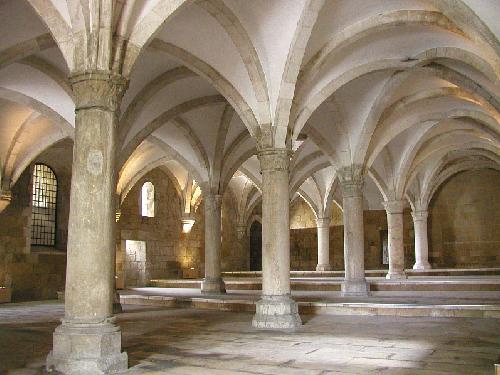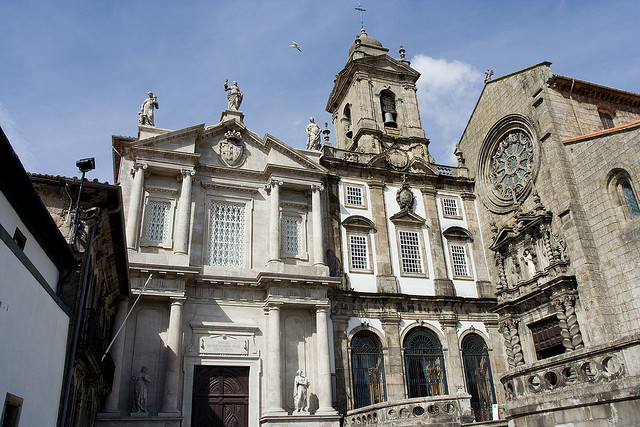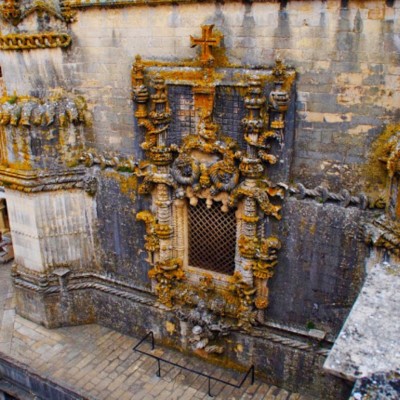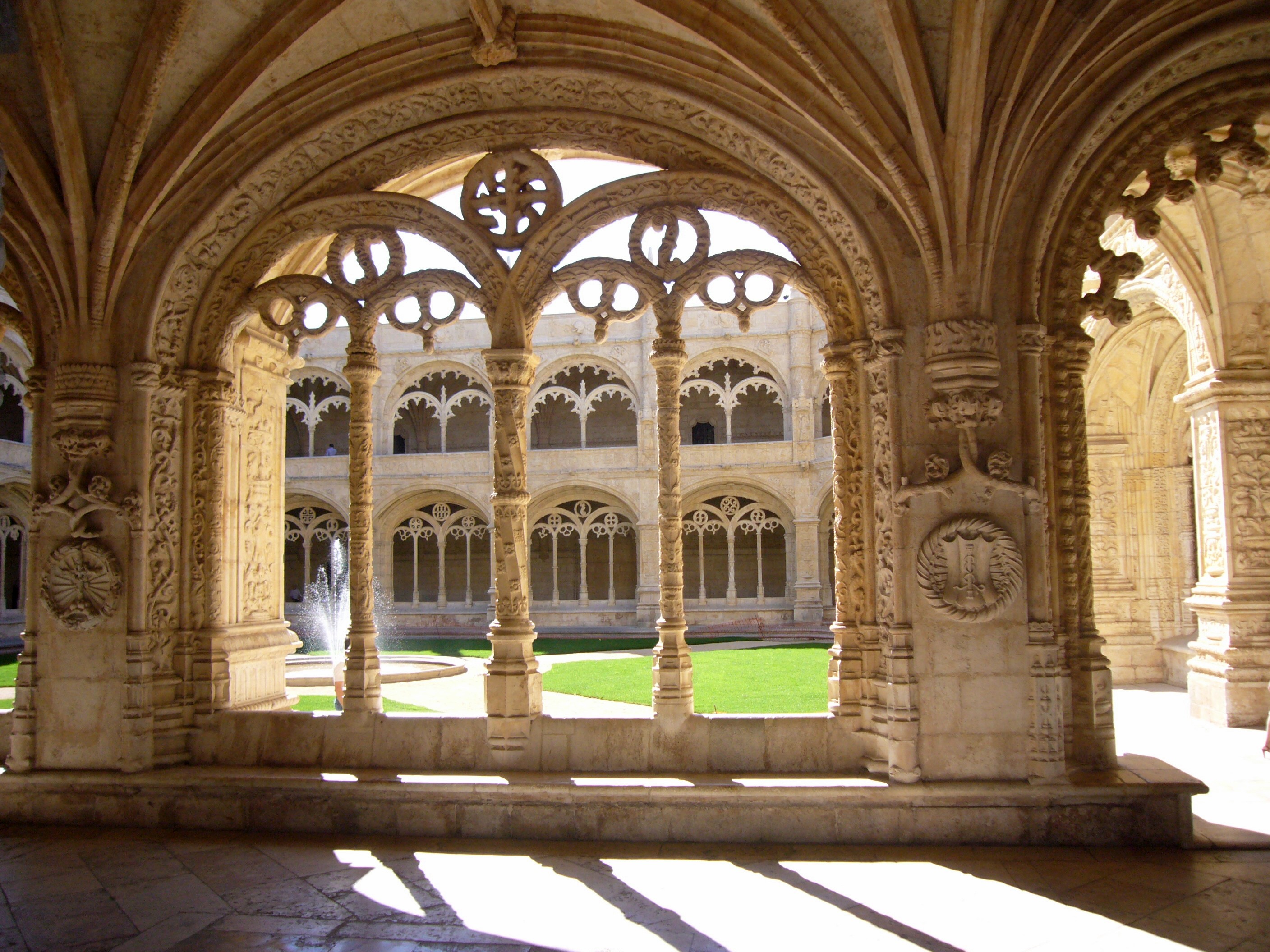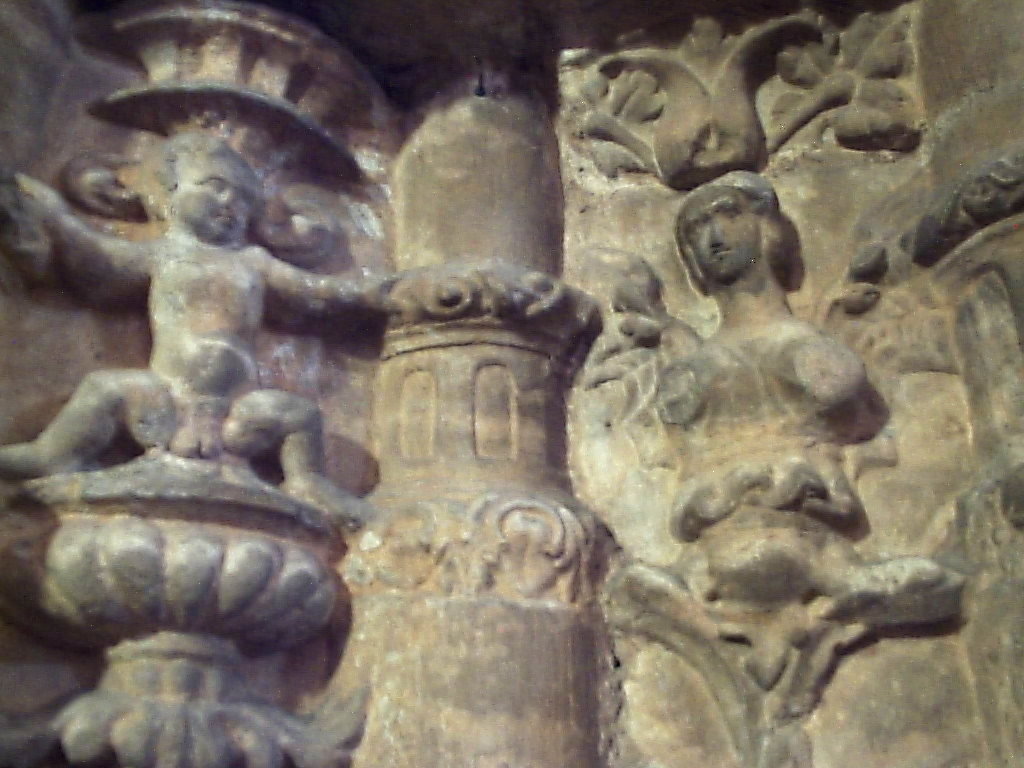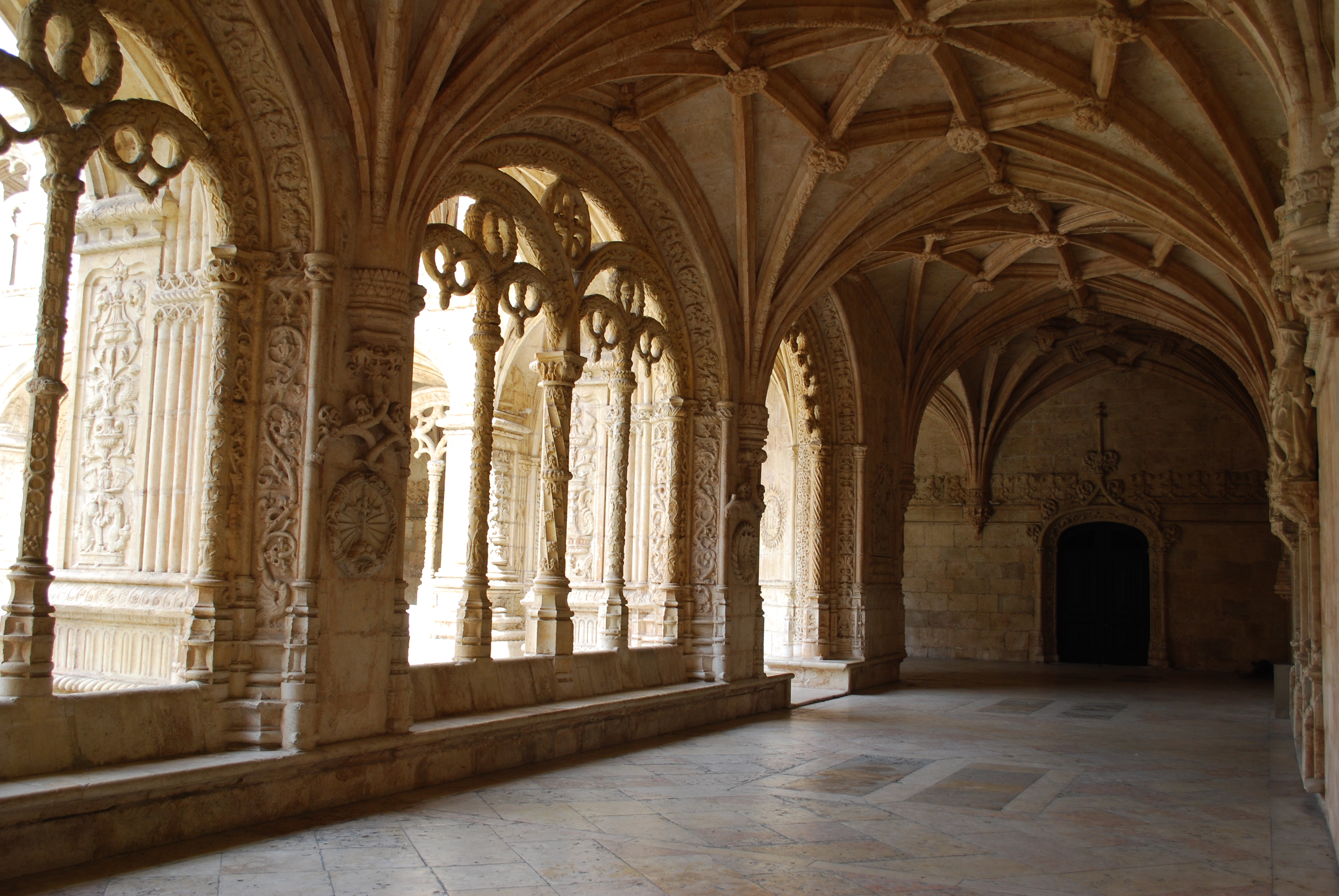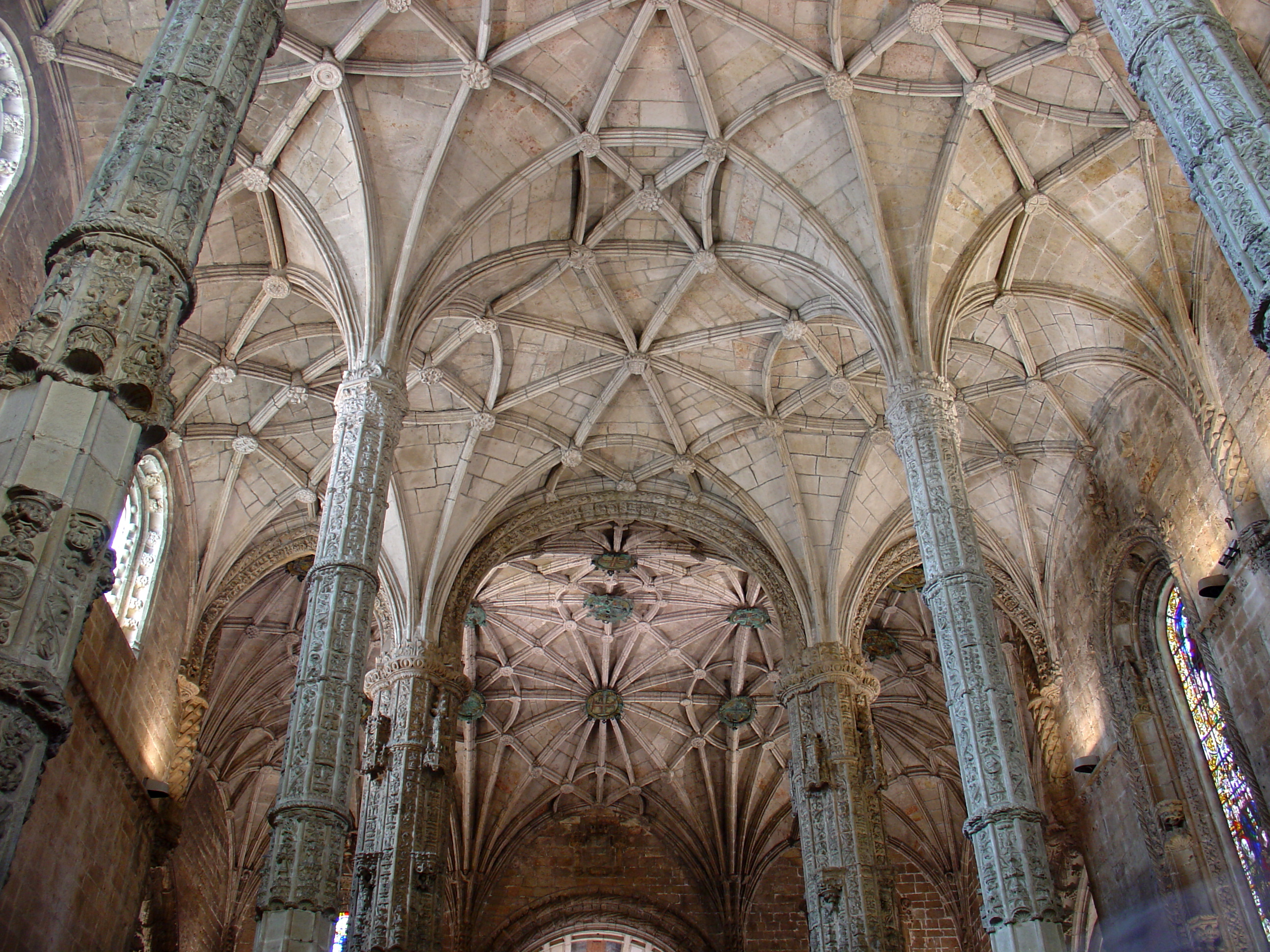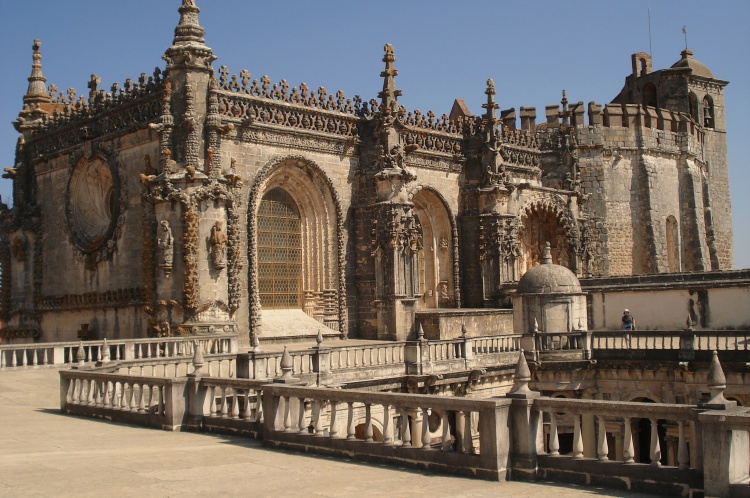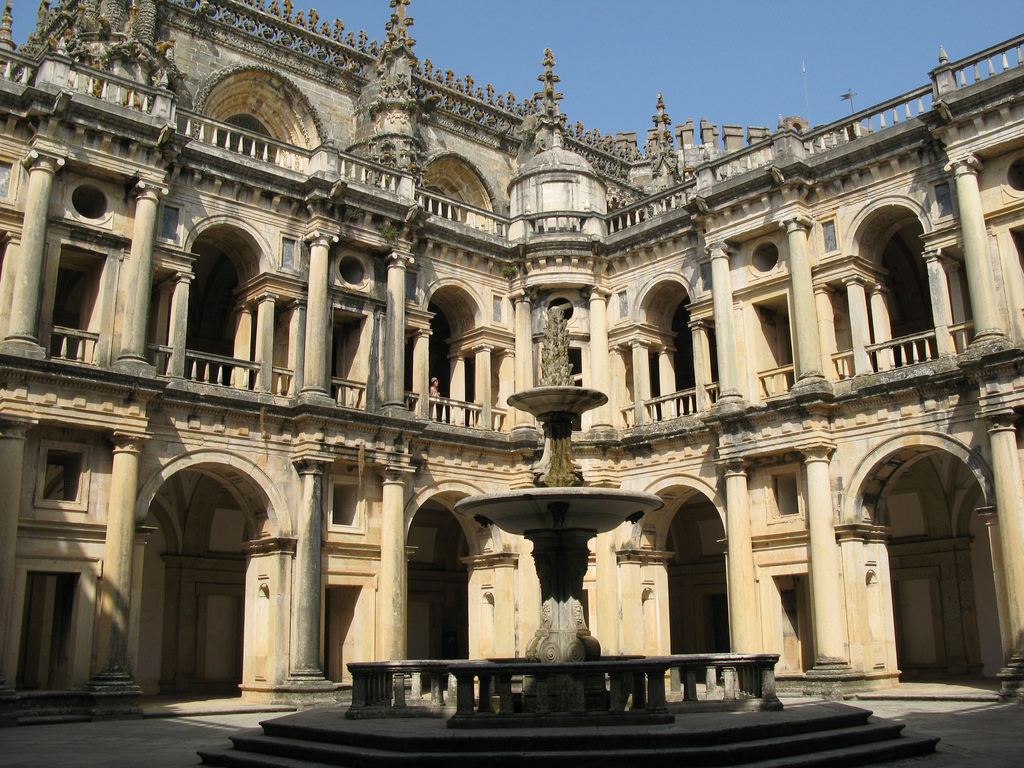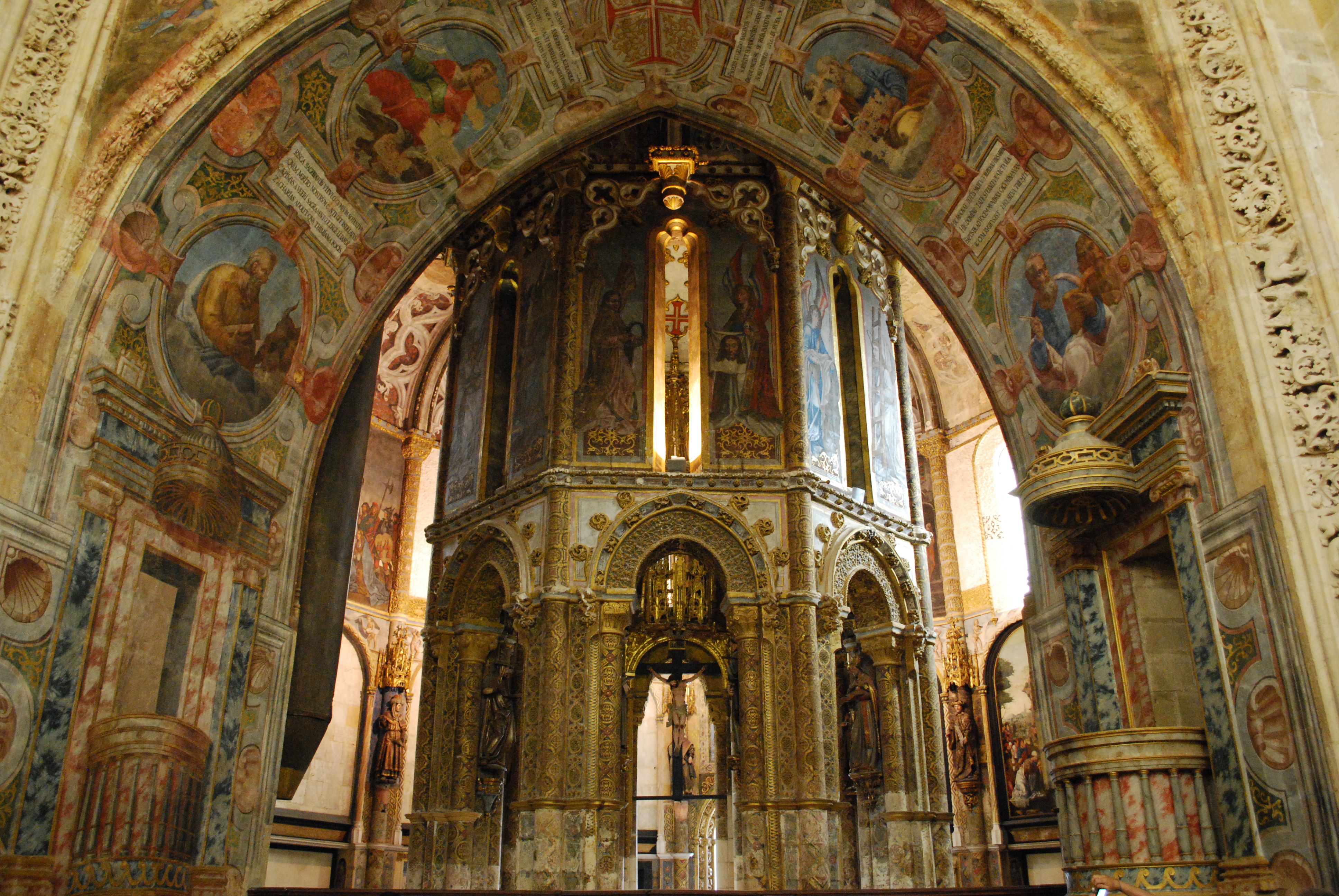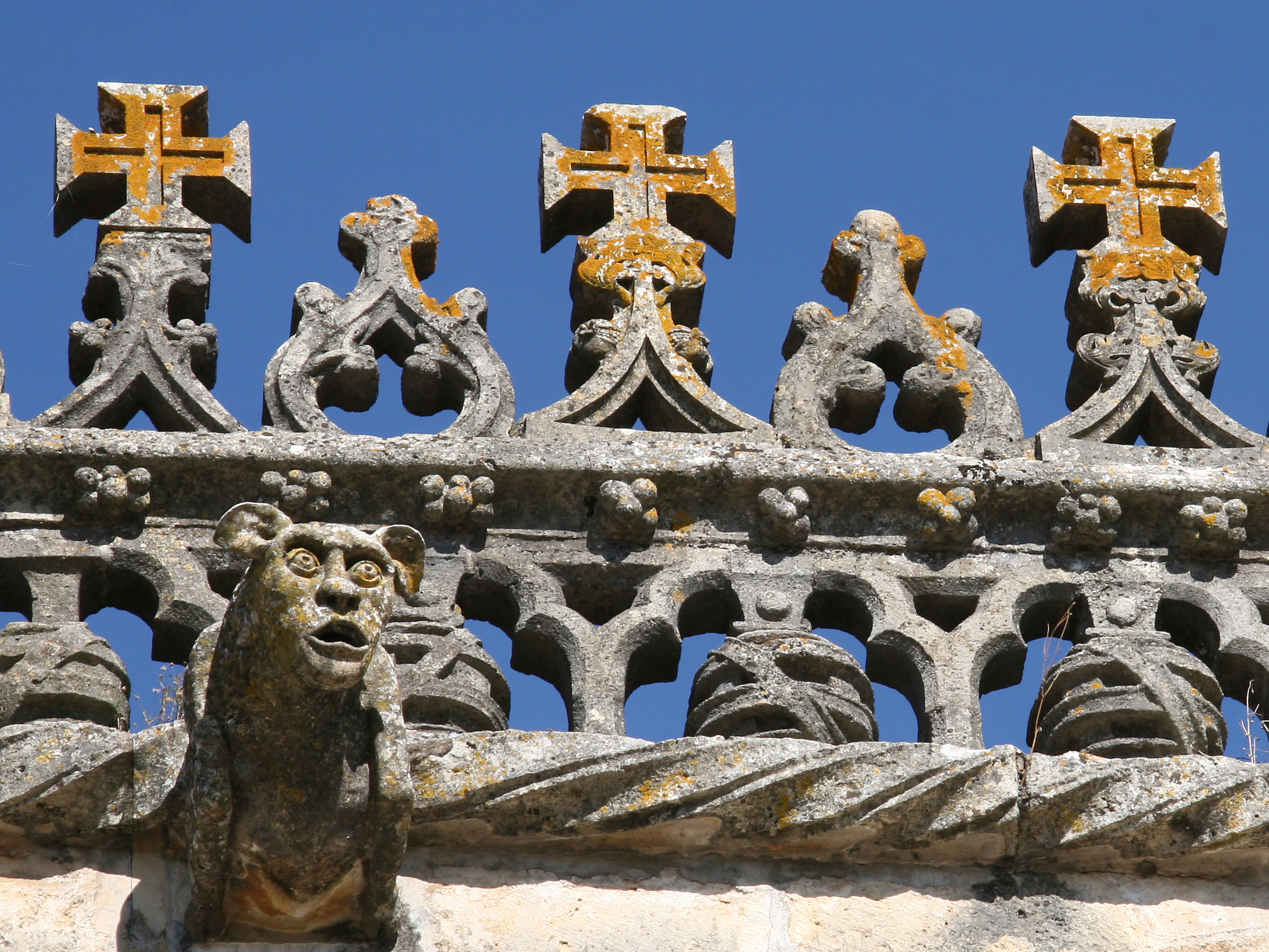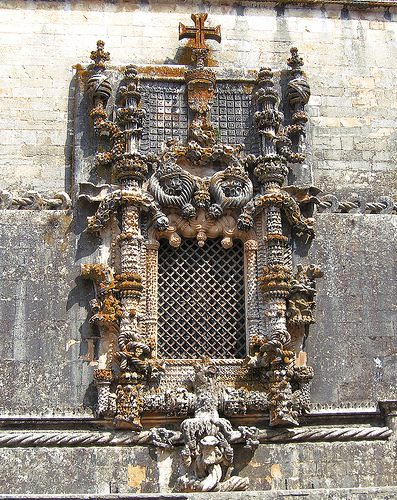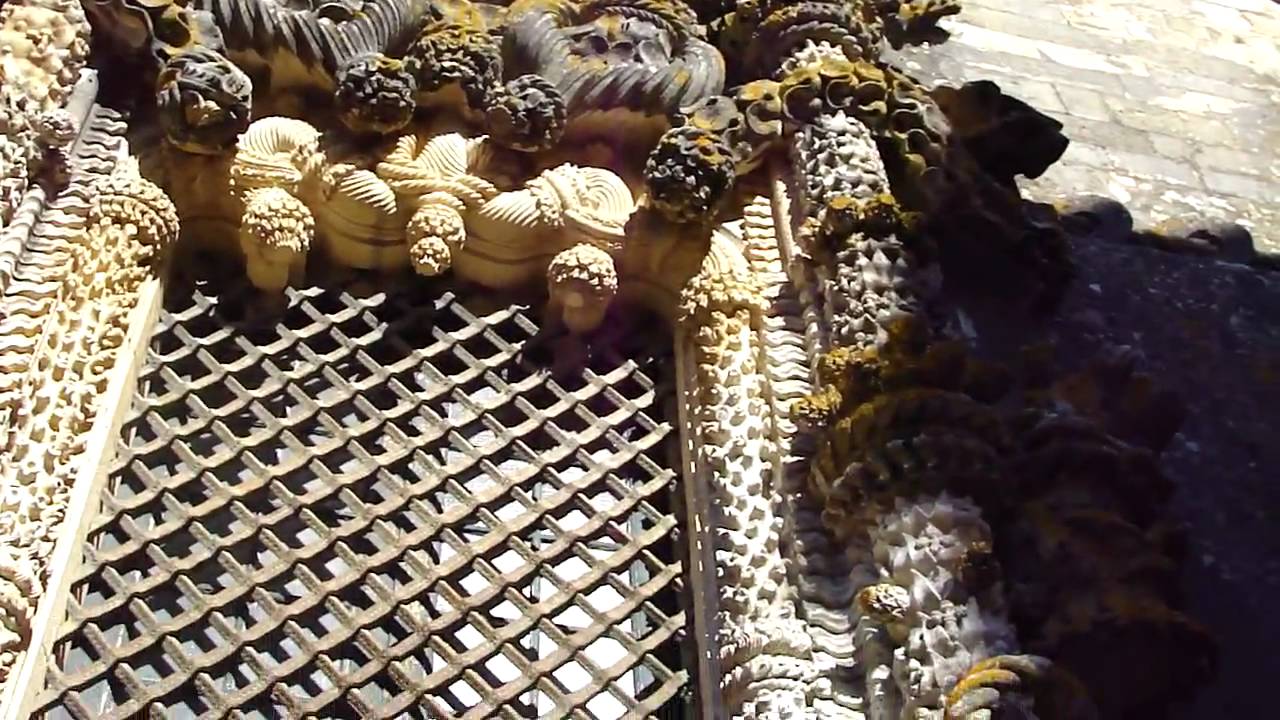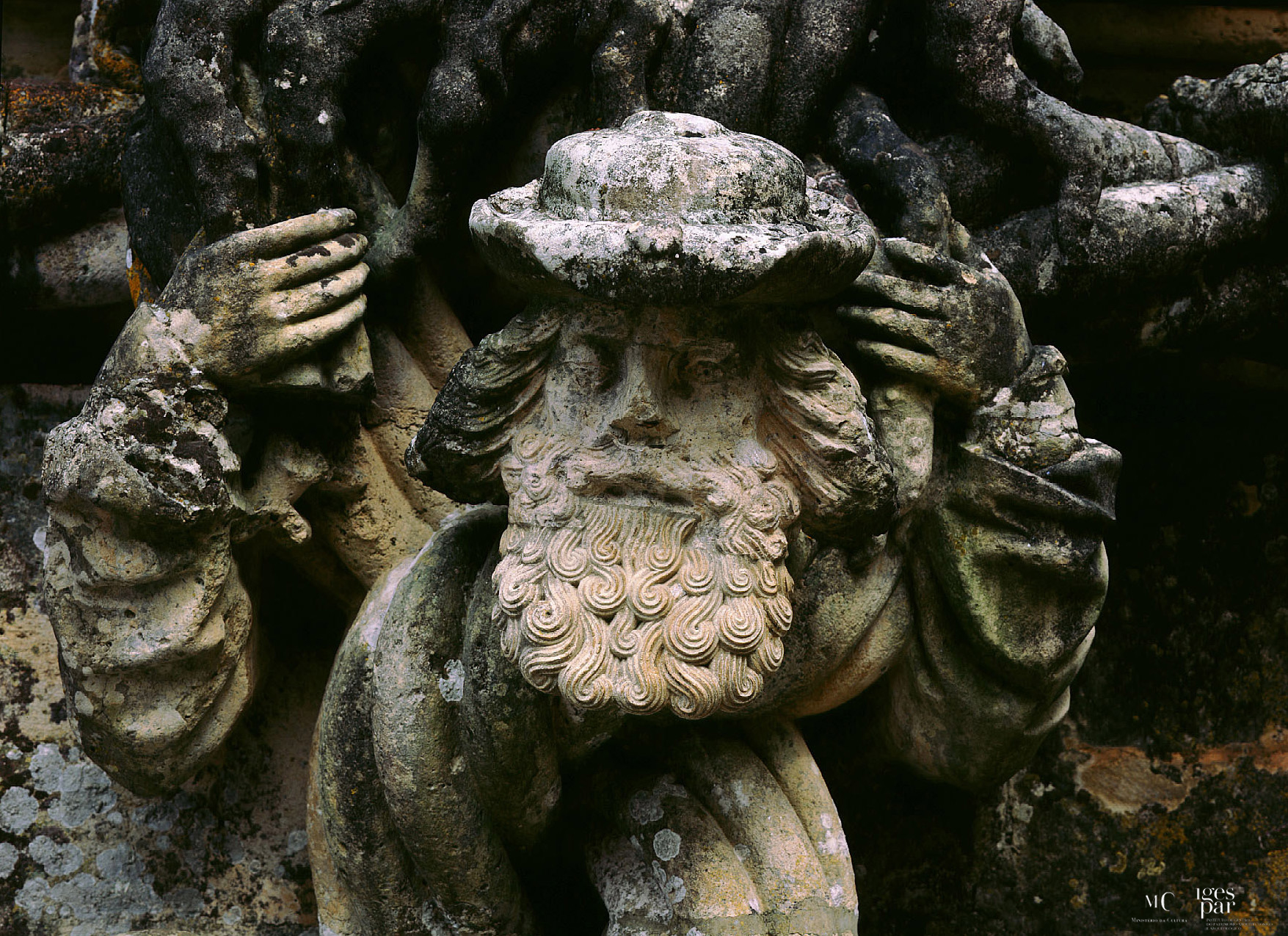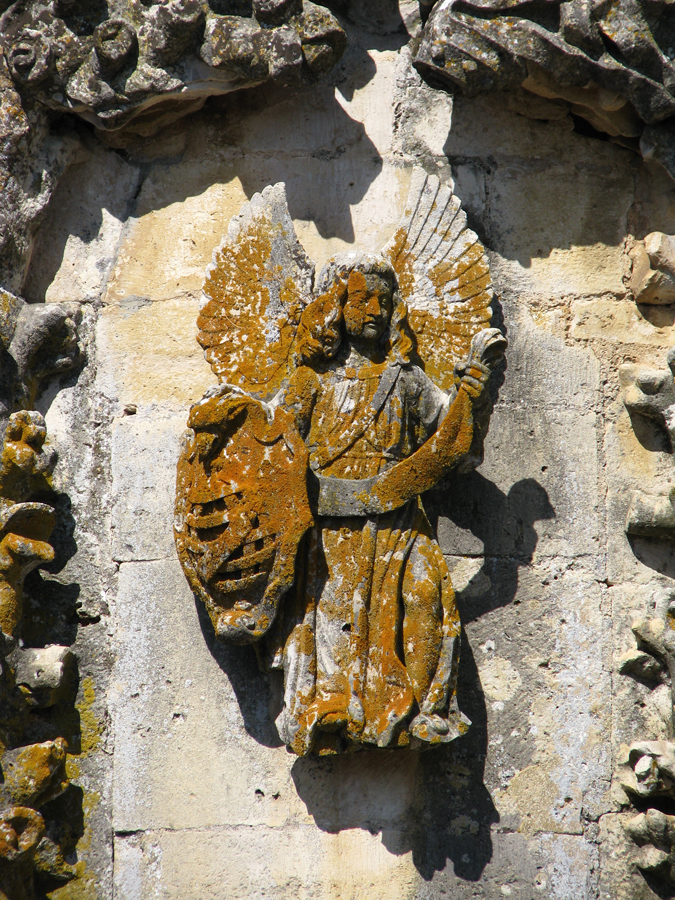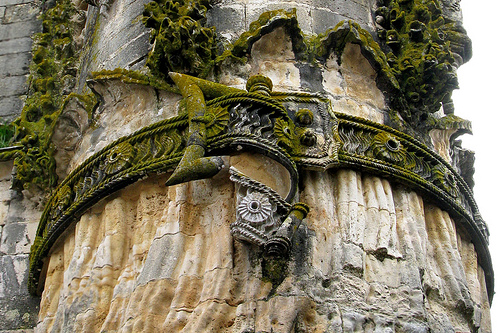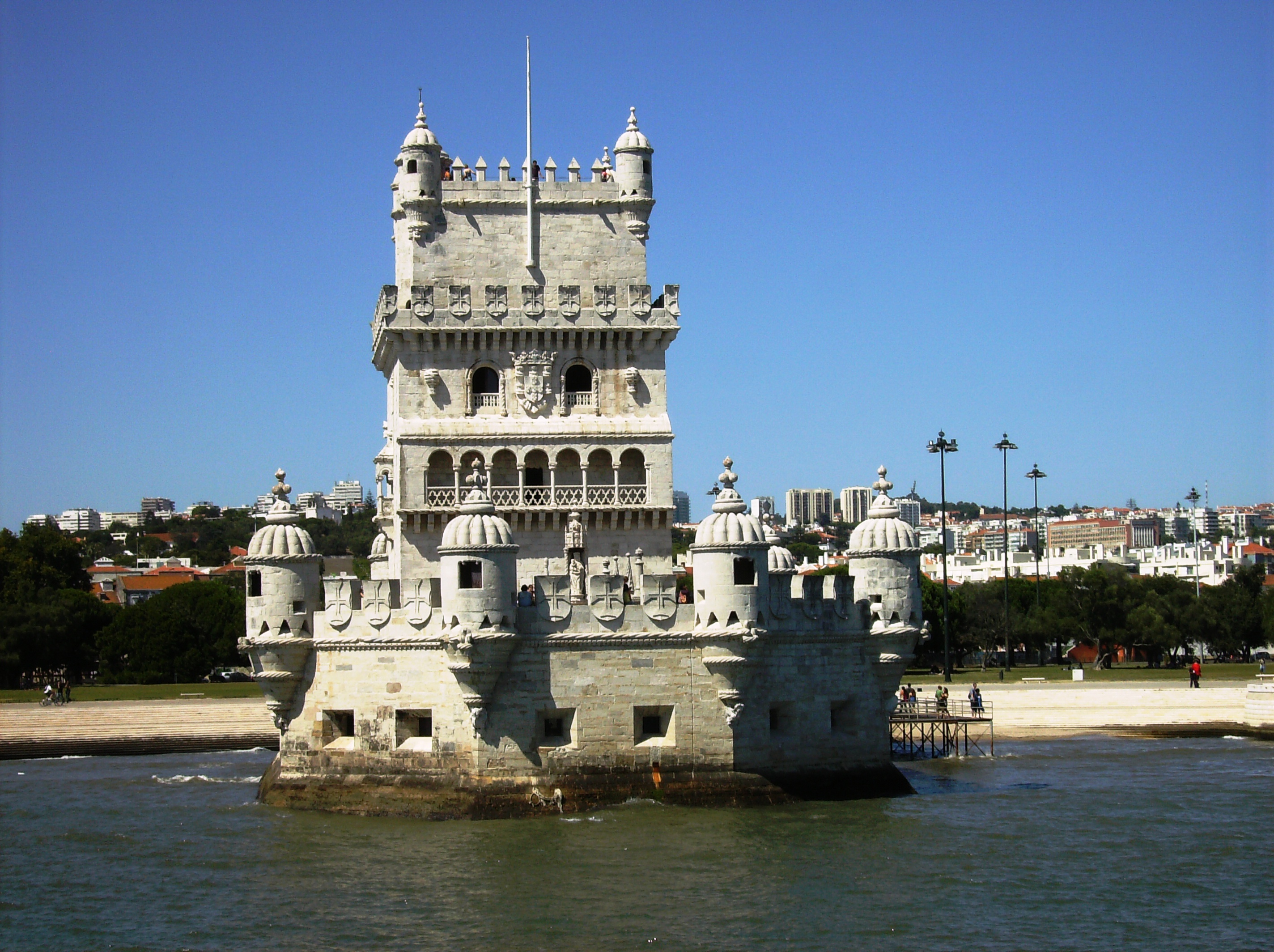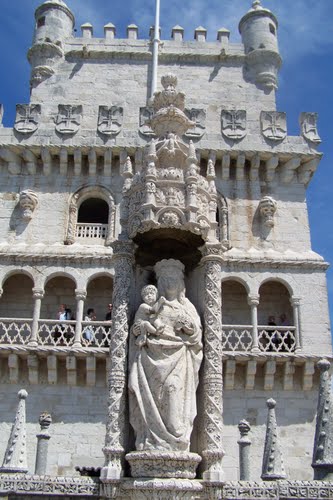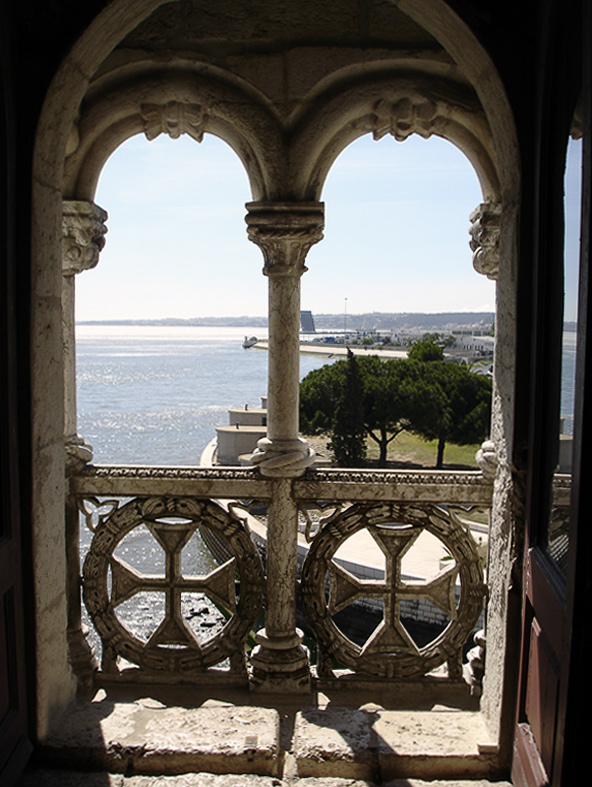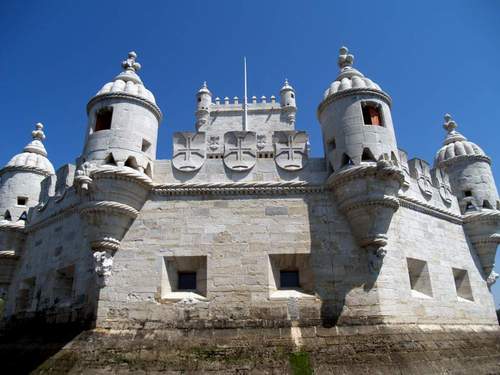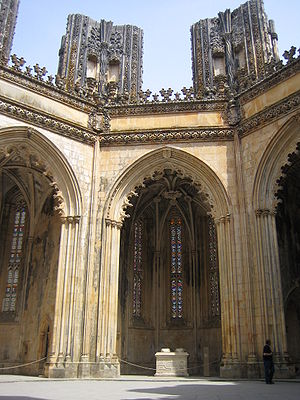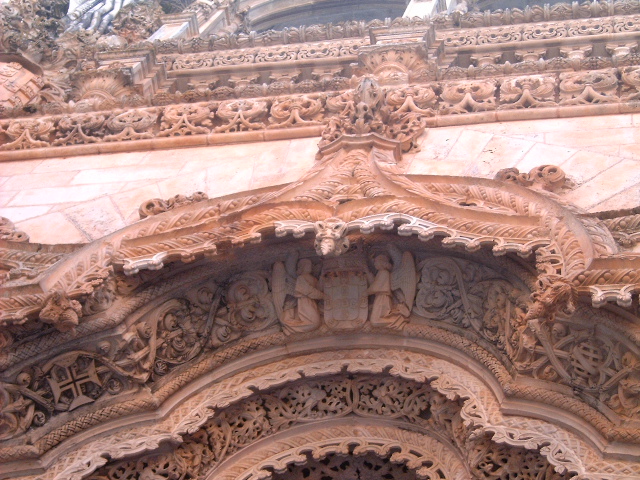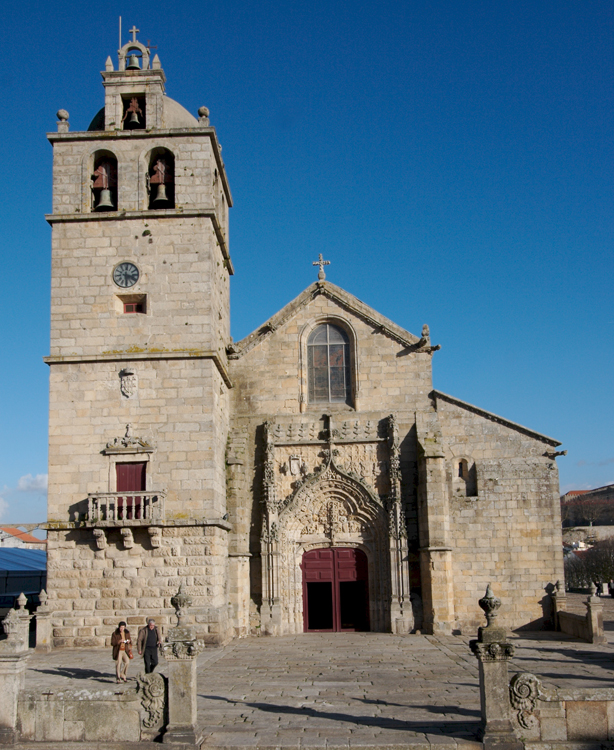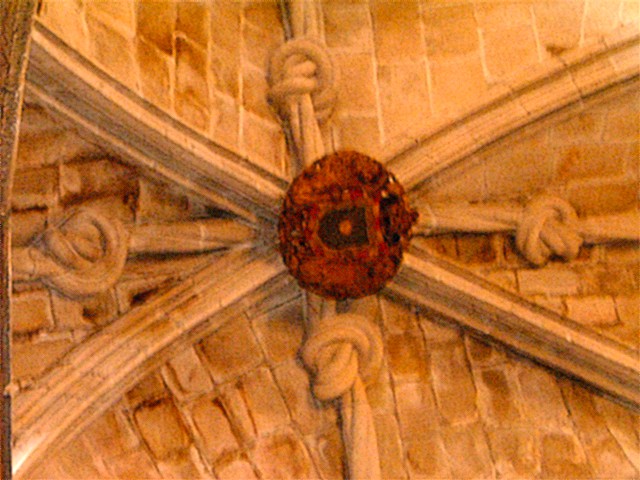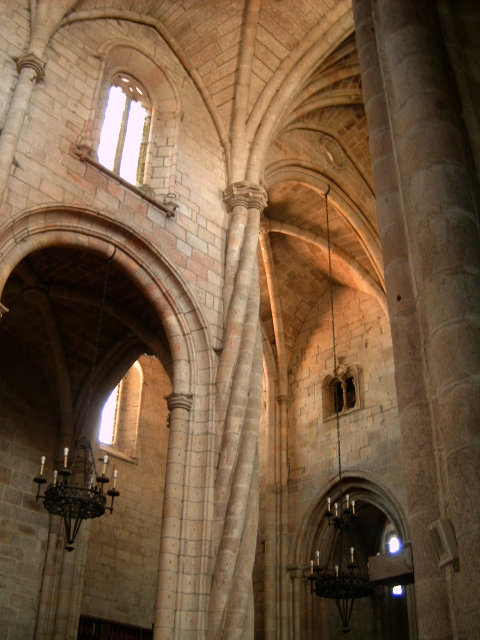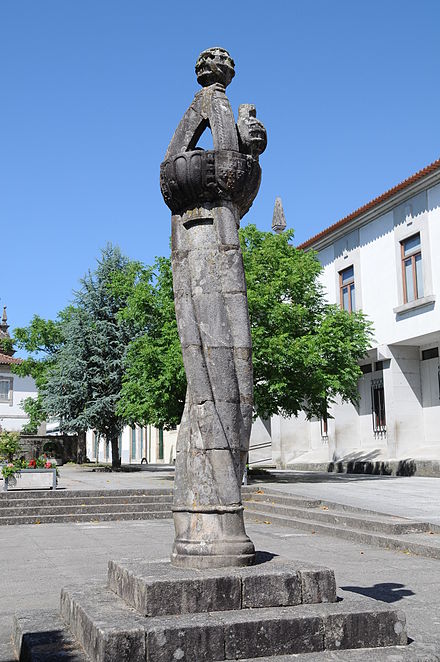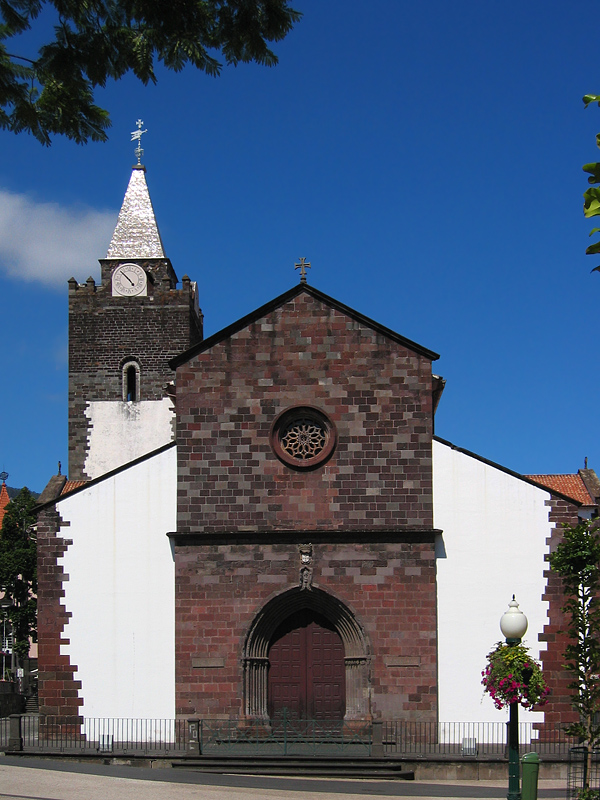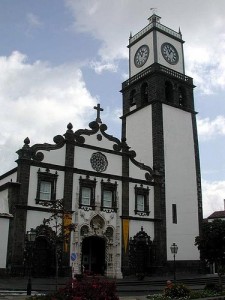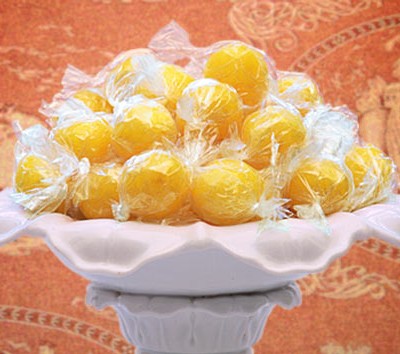Portuguese Monastic sweets
Portugal has an extremely rich tradition in the making of monastic sweets. Such delicacies have the choice of ingredients like sugar, eggs (especially egg yolks) and almonds. They are also used other ingredients such as sweet squash (mainly in the Alentejo) and the wafer sheet (host) used in various sweets as the Celestial Santa Clara or the Gorges of Nun.
Only after the fifteenth century, with the release of sugar, monastic sweets reached their fame. Sugar allows the creation of different sugar syrups that were easily achieved in different stages of caramelization by the skilled hands of the nuns and monks.
Portugal has always had a great egg production and combined with the abundance of sugar coming from the colonies, due to the advent of the discoveries, the ideal conditions for the creation of such delicacies were created.
Examples of convent sweets by region and not to be missed:
Minho:
Charutos de Ovos │ Meias Luas │ Papas Doces de Carolo │ Fidalguinhos │ Fataunços │ Pastéis de São Francisco │ Bolachas do Bom Jesus │ Suspiros de Braga │ Clarinhas de Fão │
Barrigas de Freira
Douro Litoral:
Sapatetas │ Perronilhas │ Lérias de Amarante │ Tabafe │ Pescoços de Freira │ Cavacas de Santa Clara │ Amarantinos │ Pão Podre │ Foguetes de Amarante
Trás-os-Montes:
Morcelas │ Jerinús │ Madalenas do Convento │ Doce de Viúvas │ Bolo de Nozes de Bragança │ Sestas │ Pitos de Santa Lúzia │ Creme da Madre Joaquina │ Velharocos │ Toucinho do Céu │ Queijadas de Chilas
Beira Litoral:
Pastéis do Lorvão │ Nabada de Semida │ Morcelas de Arouca │ Arrufadas de Coimbra │ Nógado de Semide │ Lampreias de Ovos das Clarissas de Coimbra │ Melícias │ Trouxas de Ovos Moles │ Manjar Branco │ Pastéis de Tentúgal
Beira Alta e Beira Baixa:
Lâminas │ Grades │ Bolo de São Vicente │ Argolinhas do Loreto │ Taroucos de Salzedas │ Esquecidos │ Cavacas de Santa Clara │ Bicas │ Bolo Paraíso │ Bolo são Francisco │ Sardinhas Doces de Trancoso
Ribatejo:
Sonhos de Esperança │ Sopapo do Convento │ Palha de Abrantes │ Celestes de Santarém │
Fatias de Tomar │ Tigeladas de Abrantes │ Broas de Donas
Estremadura:
Bom Bocado │ Pão-de-Ló do Mosteiro de Alcobaça │ Argolas │ Travesseiros │ Tibornas │ Bolos de Abóbora │ Delícias de Frei João │ Fitas de Páscoa │ Castanhas de Ovos │ Marmelada │ Branca de Odivelas │ Toucinho do Céu de Odivelas │ Pão-de-Ló de Alfeizarão │ Nozes de Cascais │ Pastéis de Belém │ Pastéis de Feijão
Alentejo:
Bolo Podre Conventual │ Fatias Reais │ Bolo de Mel de Santa Helena │ Bolo de Chavão │ Coalhada do Convento │ Biscoitos do Cardeal │ Padinhas │ Almendrados │ Orelhas de Abade │ Sopa Dourada de Santa Clara │ Toucinho do Céu de Santa Clara de Portalegre │ Bom Bocado │ Encharcada │ Sericaia │ Pão de Rala │ Formigos │ Tiborna de Ovos │ Torrão Real de Ovos │ Bolo Fidalgo │ Queijo Dourado │ Lampreia de Amêndoa de Portalegre │ Presunto Doce
Algarve:
Biscoita │ Bolo de Alfarroba │ Bolo de Chila e Amêndoa │ Bolo de Amêndoas e Nozes │ Bolo de Figo e Amêndoa │ Doce Fino │ Folar│ Filhós Algarvias das Freiras de Tavira │ Morgado │ Queijo de Figo │ Queijinhos │ D. Rodrigos │ Massapão │ Pudim da Serra │ Torta de Alfarroba│ Torta de Amêndoa │Torta de Laranja
Madeira:
Bolo Preto │ Bolos de Mel da Madeira │ Bolinhos de Azeite │ Mexericos de Freira │ Rabanadas de Vinho da Madeira │ Frangolho │ Creme de Chocolate Madeirense
Açores:
Bolo Micaelense de Nossa Senhora da Esperança │ Bolo do Diabo │ Hóstias de Amêndoa │ Malassadas │ Rendilhados │ Coquinhos │ Cornucópias │ Pudim Irmã Bensaúde.

